 Abraham Lincoln
If given the truth, the people can be depended upon to meet any national crisis...
Abraham Lincoln
If given the truth, the people can be depended upon to meet any national crisis...
 Guildford news...
for Guildford people, brought to you by Guildford reporters - Guildford's own news service
Guildford news...
for Guildford people, brought to you by Guildford reporters - Guildford's own news service
Birdwatcher’s Diary No.247
Published on: 18 Jan, 2022
Updated on: 18 Jan, 2022
By Malcolm Fincham
Having surpassed my yearly ambition of seeing 200 species of birds on my UK travels in 2021, despite not taking up my annual invite to visit the Isles of Scilly in October, and with no chance now of adding to my 42 butterflies within Surrey, there was little expectation or ambition under present weather conditions to improve on my score.
Overcast skies had become the theme during the last weeks of December. While photography was well below my expected standard.
At the Unstead Wetland Nature Reserve near Godalming, in spite of overcast weather, it was nice to see water rails, even getting a photo of one of at least two present.
December 29 was no different, as early drizzle gave way to an overcast but mild, dry day.
I picked up on a report earlier in the day of a Russian white-fronted goose had been sighted near Loseley Park but had since been seen flying south. In the company of Bob, we decided to follow up on a ‘hunch’ it may have resettled at Unstead.
Our guess was correct. The white-fronted goose had settled among a group of greylags and Canada geese in the flooded field adjacent to the sewage farm.
As the doors opened to welcome in another new year, a mild breeze of warm air drifted through the house dispelling the year now past.
The unseasonably mild spell of weather continued into the first week of new year, as a brief spell of sunshine to start the day soon turned to cloud on New Year’s Day.
In the company of Bob and Dougal, as well as John, a long-time stalwart birdwatching friend from Kent, we began our ritual of another year’s bird-spotting species to add to another new year’s listings.
The day started well. A visit to Cutt Mill Pond at Puttenham saw a kingfisher flying low across the water, calling in flight. Looking in the direction it had flown we eventually managed to pick it out as it perched up obscured by the foliage at the water’s edge.
Both drake and female goosanders could be viewed across the water.
While tucked away in the margins on the far side of the pond were a group of mandarin ducks.
What turned out to be possibly our best species sighting of the day was a lesser spotted woodpecker, which had been first picked out by several other kind local birdwatchers we had met.
A visit to Frensham Great Pond added a few more waterfowl, included pochard.
In the holly bushes near the outlet stream, and as always awkward to the photo, a firecrest flitted in and out of sight.
And an equally tiny goldcrest also showed.
My first visit of the new year to Farlington Marshes near Portsmouth enabled me to add more than 20 species to my 2022 sightings.
As many as 40 avocets could be viewed out on the main lagoon.
Always a delight to see there are wintering pintail ducks. The drakes looked especially smart in their plumage.
Other ducks present and in good number were teal.
Shoveler.
Wigeon.
Across the harbour a group of 30 sawbills in the form of red-breasted mergansers could be seen.
The species most abundant there at this time of the year of course were the brent geese. Having arrived to winter along the south coast in their thousands from their summer breeding grounds in Siberia.
While one lone barnacle goose among a few Canada geese was present.
Dunlins flew in tight flocks, observed from the sea wall.
A pantheon of black-tailed godwits gathered on the lagoon, while a few individuals were loosely strewn about the reserve.
A lone bar-tailed godwit made a good year tick for me.
While the usual waders seen there included curlew.
Oystercatchers.
Common redshanks.
And a grey plover, all added to this year’s list of sightings.
A large group of lapwings took to the air at one point. And looking rather anxious!
A peregrine falcon had suddenly appeared out of nowhere and was causing them much grief.
Splitting the flock, I watched as it singled one out. Like a real time “dog fight” they descended at pace. Fortunately for the lapwing on this occasion it outsmarted the peregrine with its agility.
Over the reserve, a skylark could be seen and heard singing.
The resident kestrel, of course, was displaying, as always.
Just beyond the lagoon, a fox could be seen hunting, while perched in a nearby bush watching down on it a common buzzard could be viewed.
A surprise sighting for me there was a Dartford warbler. Not the sort of habitat one would expect to see them. A slightly warmer climate away from the heathlands, and a better chance of finding insects to feed on had possibly drawn it there?
Always a delight to hear and see are the bearded reedlings. Often elusive within the large acreage of reed beds there, we were quite fortunate on this occasion to pick up on the ‘pinging’ sound of a small group of them near to the visitor’s hut.
At least six could be counted, both male and female.
An unexpected sighting for this time of year was a common tern that had come up in reports the previous day.
A visit to Effingham Forest during the first week of the year gave us the opportunity to add hawfinch to our new year’s sightings. Most quite distant in small groups, and picked out with the assistance of a ‘scope’, although some were close enough to just about recognisable by taking photos. At one point, a count of more than 15 could be viewed.
A marsh tit calling was also an attraction for both me and my camera lens.
A spell of dry weather became the theme as we entered the second week of January as high pressure centred itself over the UK. It also welcomed a few sunny days. Temperatures were into single figures and even a few night frosts.
At the London Wetland Centre we were welcomed in the car park by the usual constant squawking sounds of the resident rose-ringed parakeets as they perched up looking down on us around the entrance to the reserve.
A green woodpecker could also be spied as it perched on a fence just long enough to photograph.
On entering the centre a wide range of exotic captive wildfowl could be noted. One of which that took my interest was the ferruginous ducks. One of this species I had recently seen in the wild just a few weeks earlier at Thorpe Park.
Also in the collection were some of those gorgeous smews. A duck I only had the pleasure to see from a distance in the wild in the past. Having seen my last one about this time last year at Wraysbury.
Most delightful to me was to have a close view of the otters there, having not seen them in the wild for a good few years now.
A wander around the main part of the reserve brought to view how close we were to London itself. As a few of the monolithic edifices of the city towered beyond the Peacock Hide.
Looking down from the high vantage point of the Peacock Hide, several common snipes could be picked out feeding in the margins below.
Out on the water among the ‘common to see’ wildfowl seen there, were a pair of shelducks.
Moving on to one of the various other named hides, I was also able to add jack snipe to this year’s sightings.
While at the feeder station among the regular birds was a wintering brambling.
Our top sighting of the day had to one of the bitterns that had been recently reported.
It seemed a shame having watched it for 40 minutes or more to have to turn our backs and walk away.
Having enough daylight hours we had just enough time on our return to visit Staines Reservoir.
There we had the opportunity of adding to our year’s list a great northern diver.
Five black-necked grebes.
And a Slavonian grebe.
The sun continued to stay with us on our annual visit to the Isle of Sheppey just a few days later. Always a prime place to visit during winter months for the sighting of birds of prey, it didn’t disappoint.
At the Elmley Nature Reserve at least four short-eared owls could be seen together quartering close to the car park.
A variety of ducks and waders these included large flocks of lapwings. As well as a large “ponderance” of golden plovers and a substantial sized flock of curlews could be viewed in flight.
And even a lone cattle egret.
On the coastal shoreline on the other side of the island at Leysdown, a small group of seven shore larks could be found wintering.
Our last visit of the day was to Harty Marshes. From the track that leads up to the old ferry crossing we were able to add red-legged partridges.
Corn buntings could be seen on bramble bushes, while a couple even perched up on the wires by the roadside.
Near to them a kestrel could be seen not far away.
From the ‘raptor’ viewpoint, several marsh harriers flew by.
While at least two ringtail hen harriers (the name given to females and juveniles) could be viewed.
A large group of greylag geese could be seen feeding out on the grassland.
There was also a skien of white-fronted geese present.
Linnets were collected in groups along the tree line.
And even a barn owl to end the day.
With species sightings already exceeding 100 for the year already, I was well aware things were only going to get tougher from now on.
Recent Articles
- Guildford Institute’s Crowdfunding Project for Accessible Toilet in its New Community and Wellbeing Centre
- Letter: Guildford – Another Opportunity Missed?
- Letter: GBC’s Corporate Strategy – Where Is the Ambition?
- My Memories of John Mayall at a Ground-breaking Gig in Guildford Nearly Six Decades Ago
- Westborough HMO Plans ‘Losing the Heart of the Street’ Says Resident
- College Invests to Boost Surrey’s Economy and Close Digital Skills Gap
- Community Lottery Brings Big Wins for Local Charities
- GBC Housing Plan Promises ‘A Vibrant Urban Neighbourhood’ Near Town Centre
- Hospital Pillows ‘Shortage’ at the Royal Surrey
- Updated: Caravans Set Up Camp at Ash Manor School


Search in Site
Media Gallery
Dragon Interview: Local Artist Leaves Her Mark At One of England’s Most Historic Buildings
January 21, 2023 / No Comment / Read MoreDragon Interview: Lib Dem Planning Chair: ‘Current Policy Doesn’t Work for Local People’
January 19, 2023 / No Comment / Read MoreA3 Tunnel in Guildford ‘Necessary’ for New Homes, Says Guildford’s MP
January 10, 2023 / No Comment / Read More‘Madness’ for London Road Scheme to Go Ahead Against ‘Huge Opposition’, Says SCC Leader
January 6, 2023 / No Comment / Read MoreCouncillor’s Son Starts Campaign for More Consultation on North Street Plan
December 30, 2022 / No Comment / Read MoreCounty Council Climbs Down Over London Road Works – Further ‘Engagement’ Period Announced
December 14, 2022 / No Comment / Read MoreDragon Interview: GBC Reaction to the Government’s Expected Decision to Relax Housing Targets
December 7, 2022 / No Comment / Read MoreHow Can Our Town Centre Businesses Recover? Watch the Shop Front Debate
May 18, 2020 / No Comment / Read More




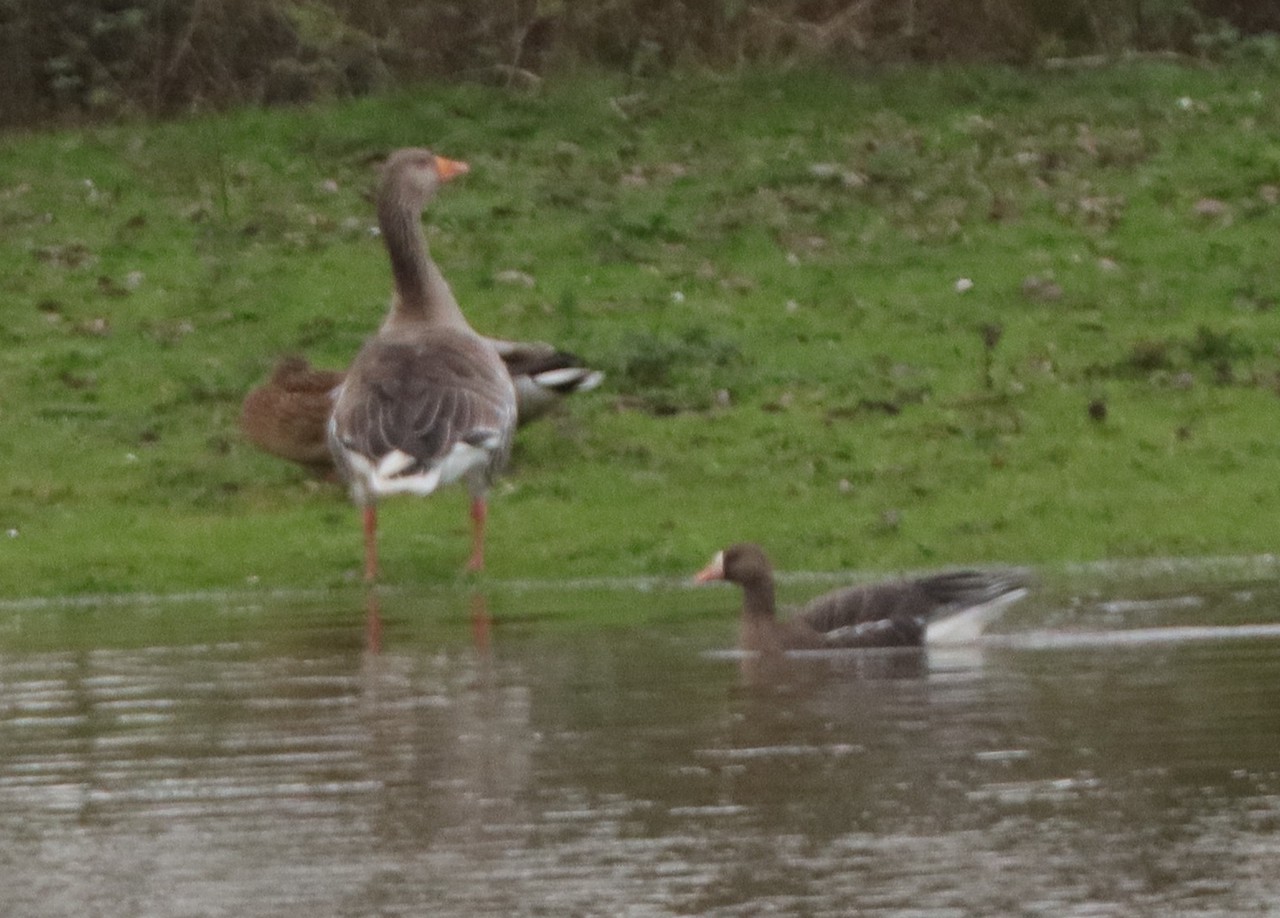

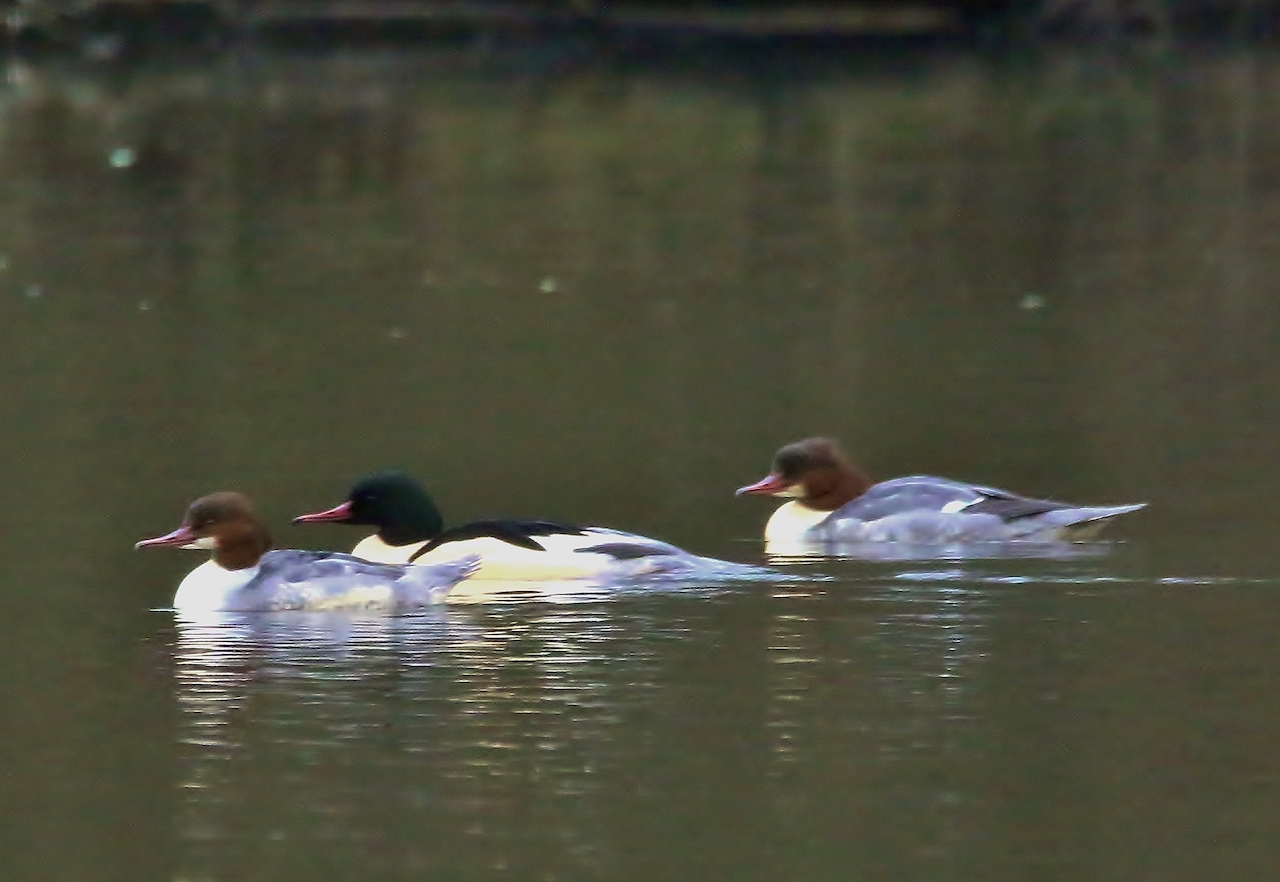

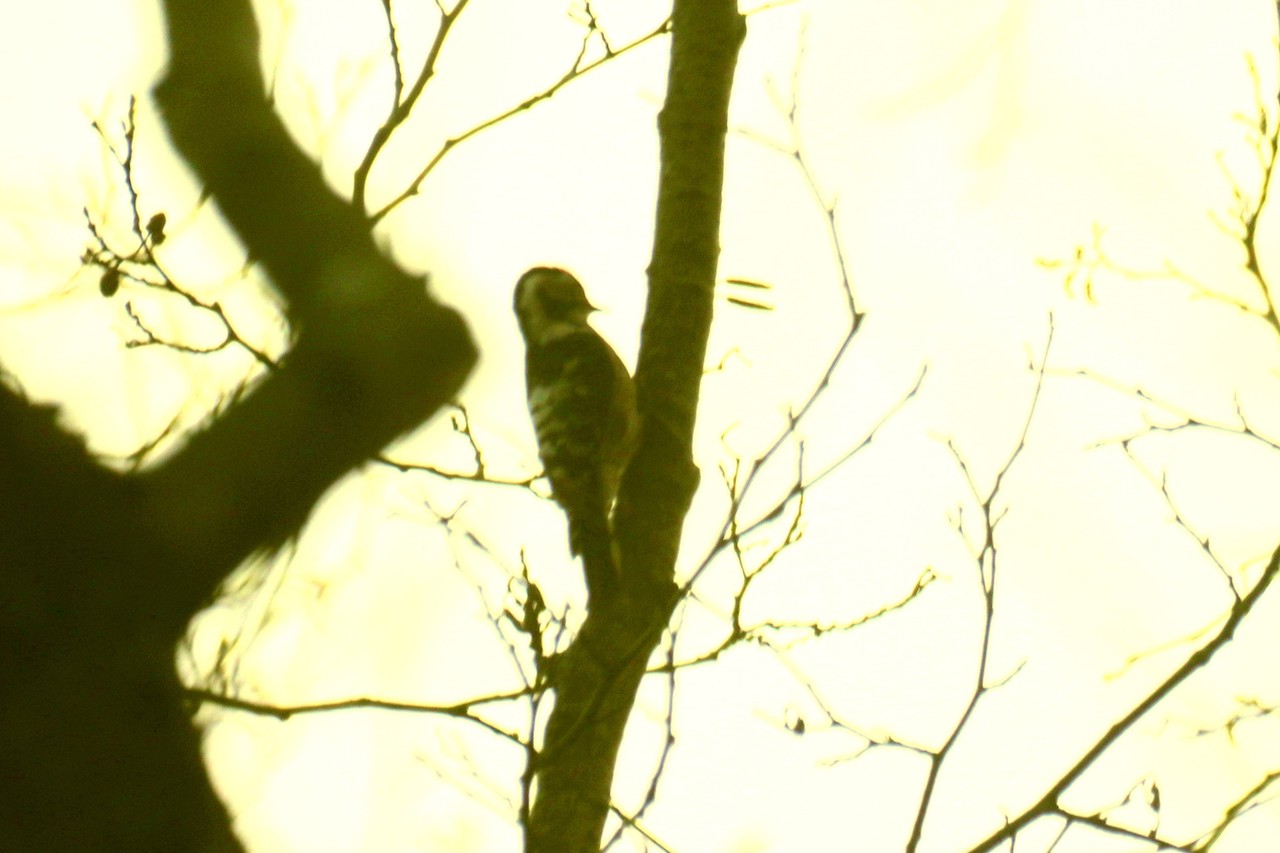
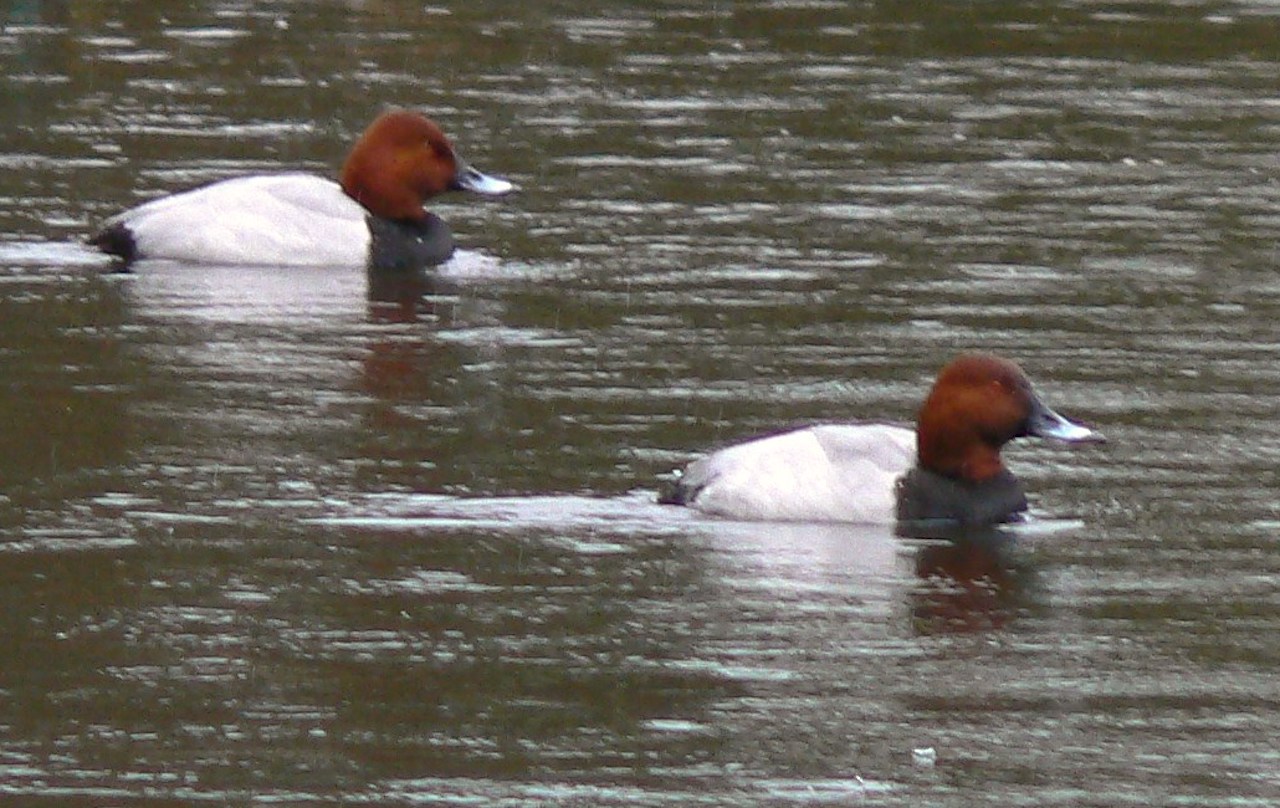
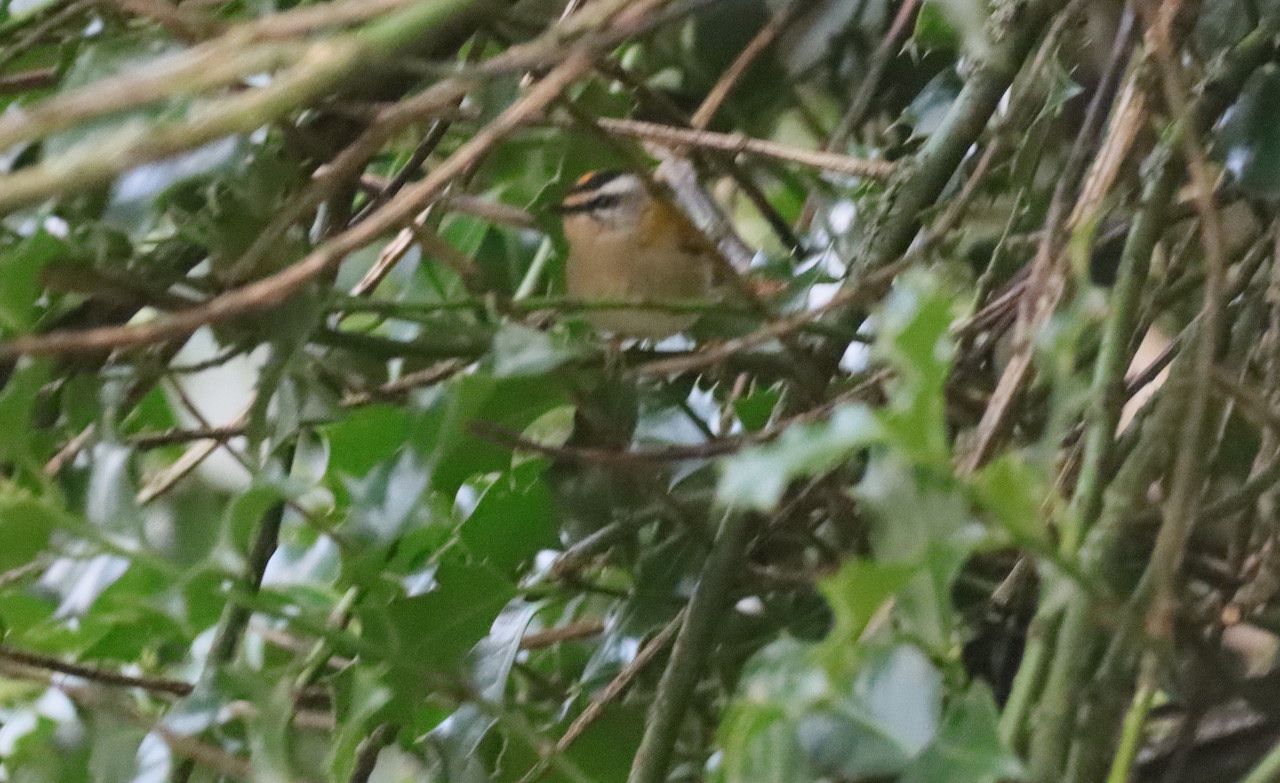
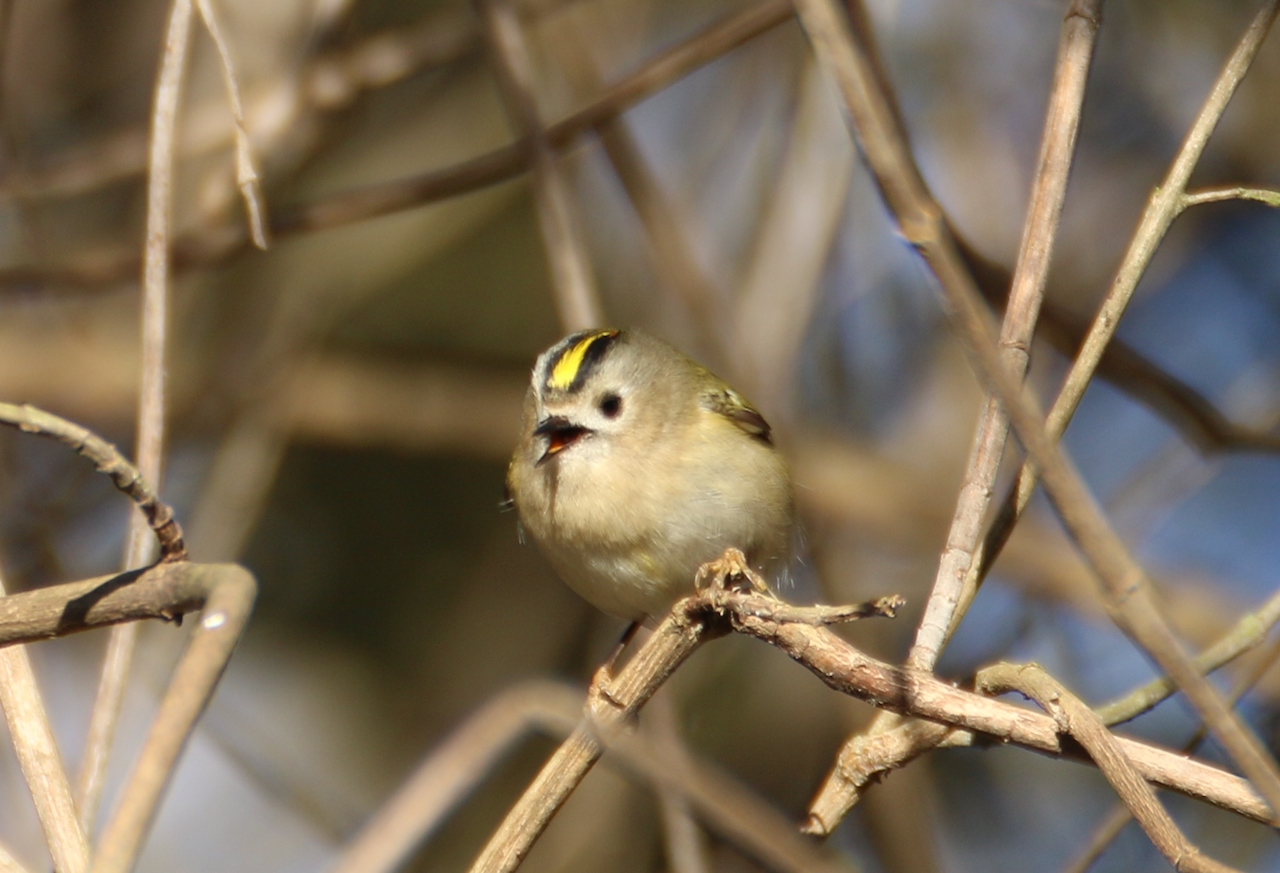
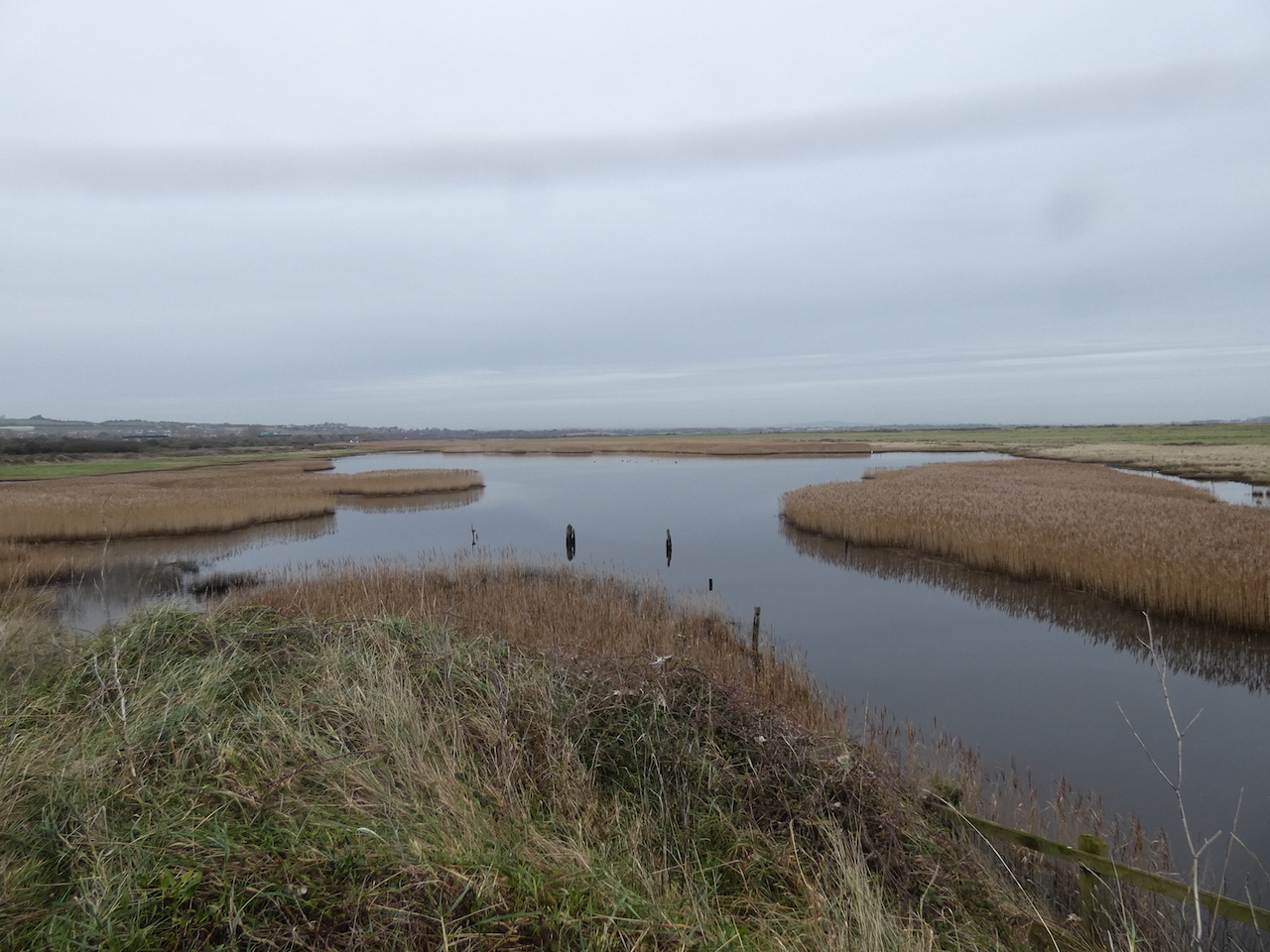

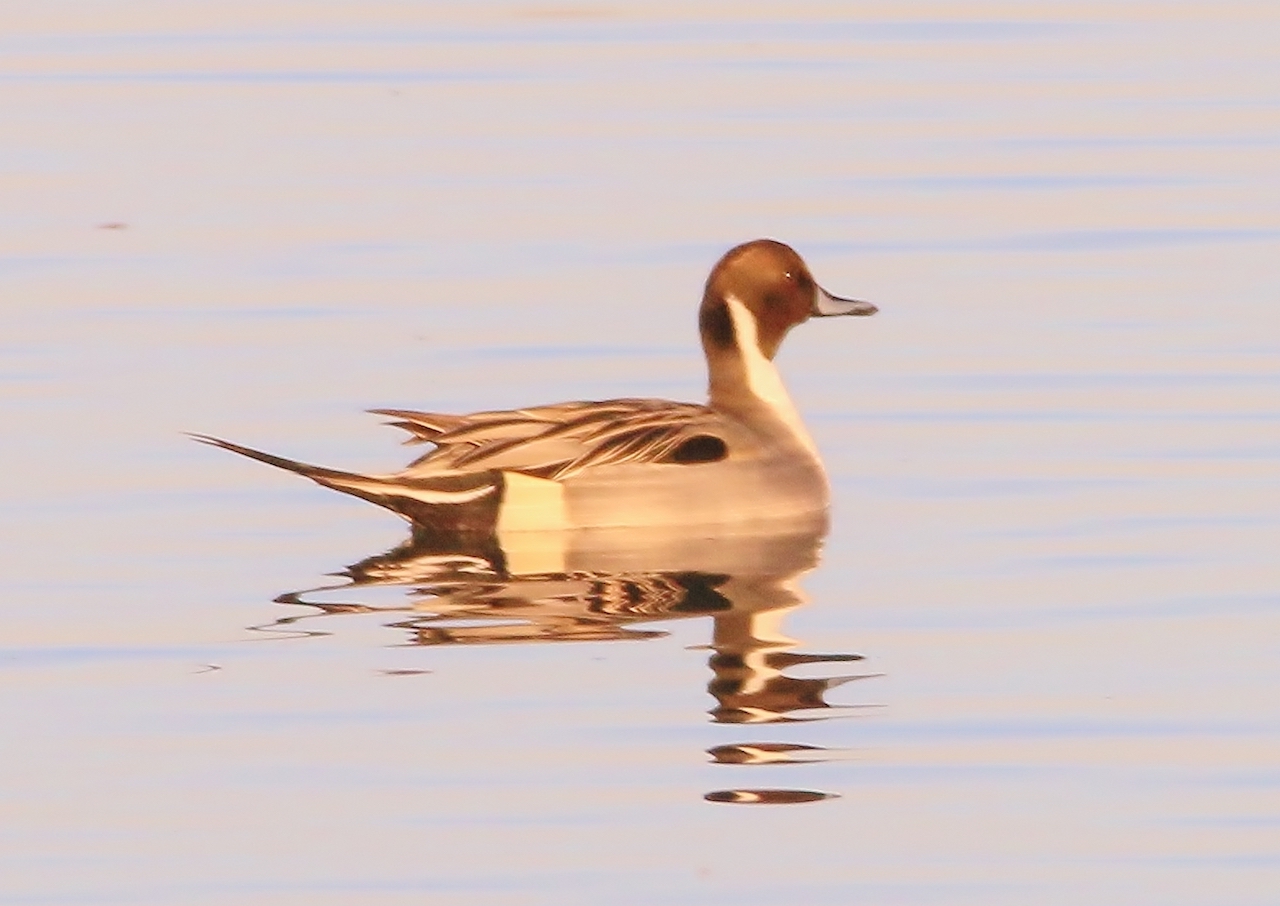
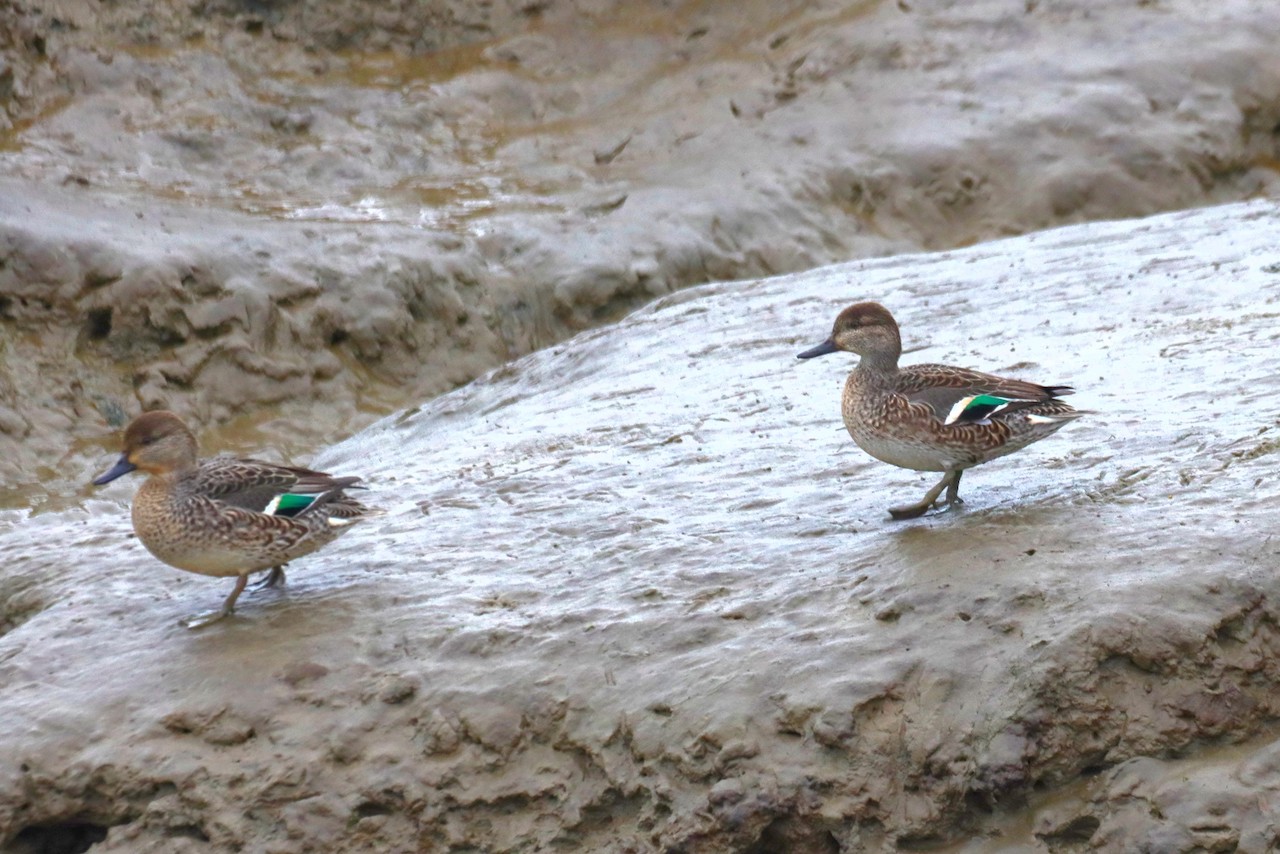
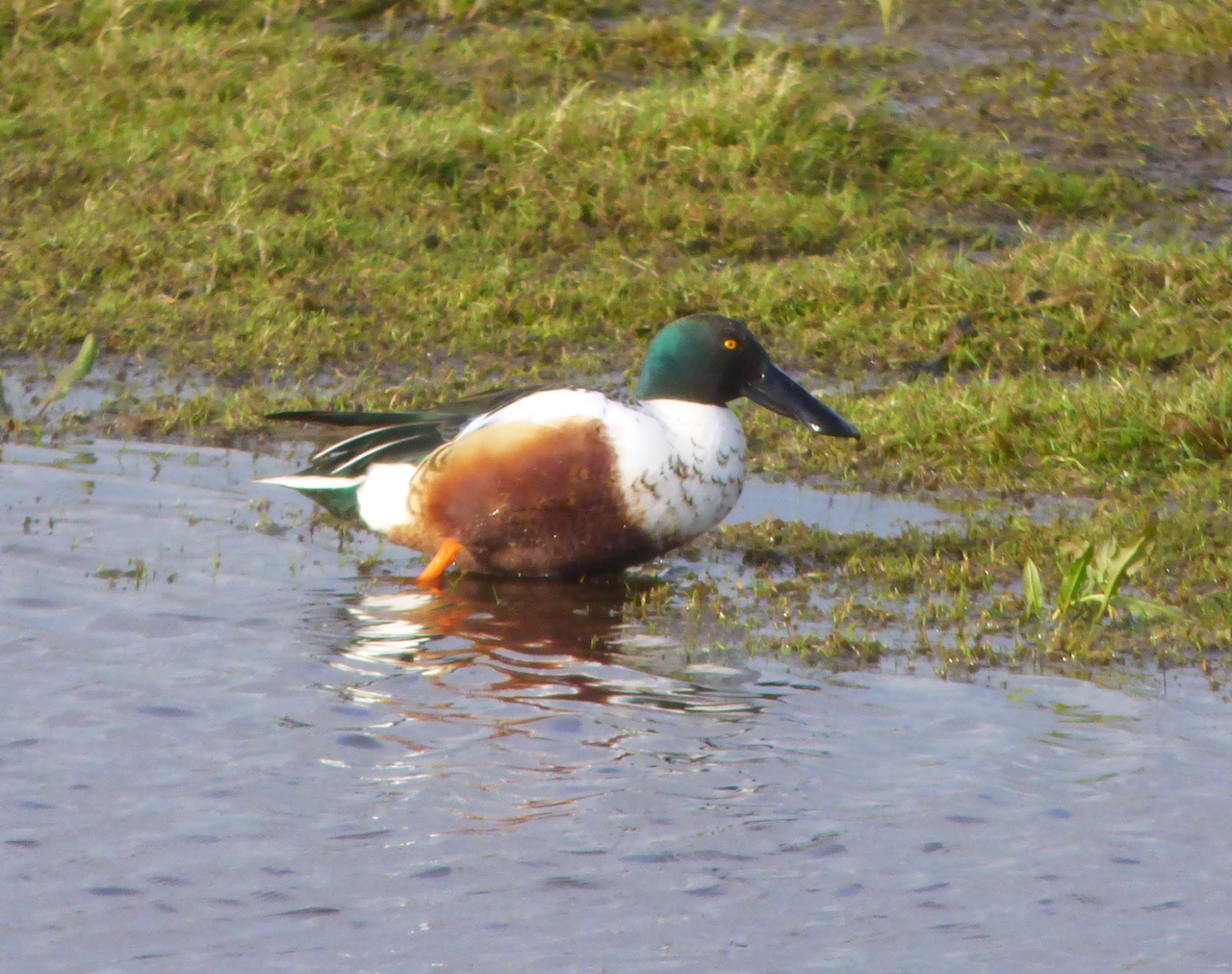
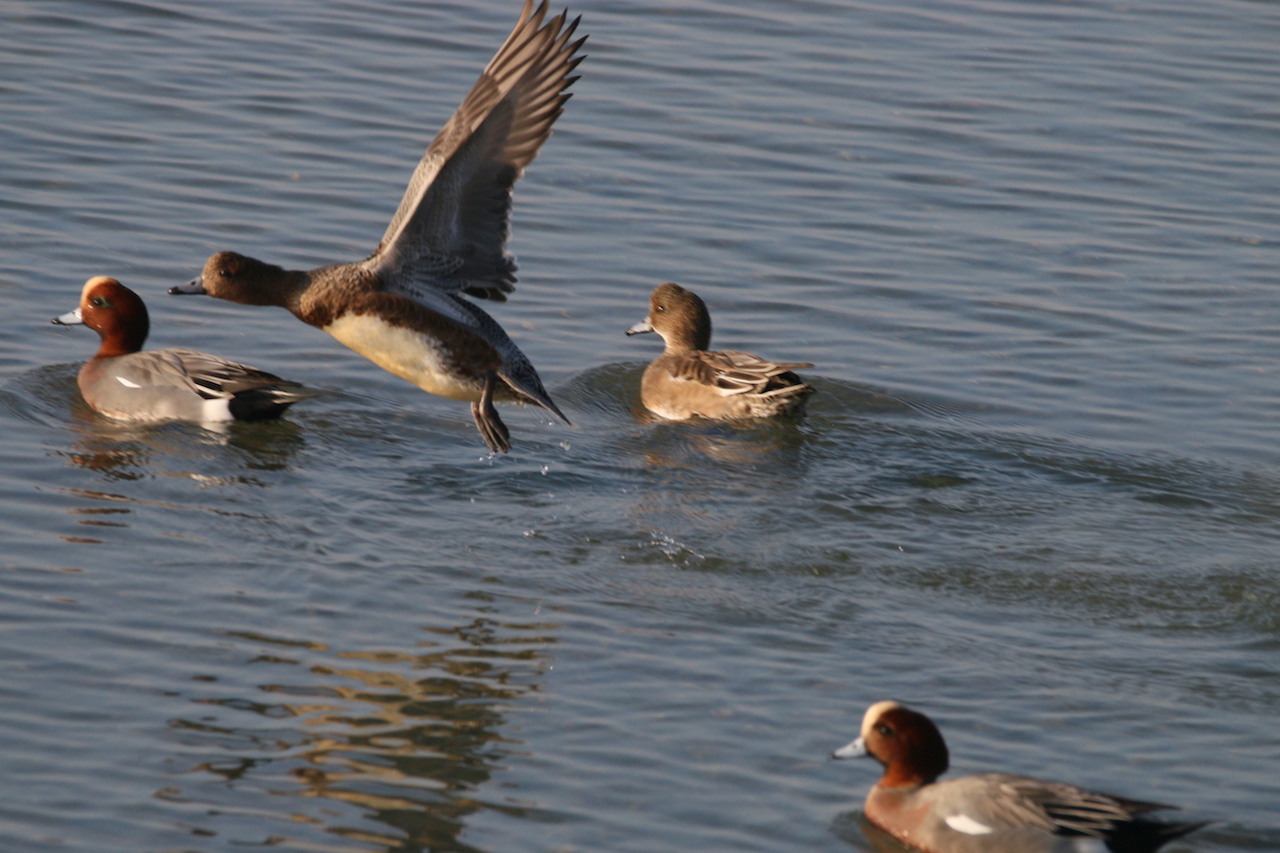
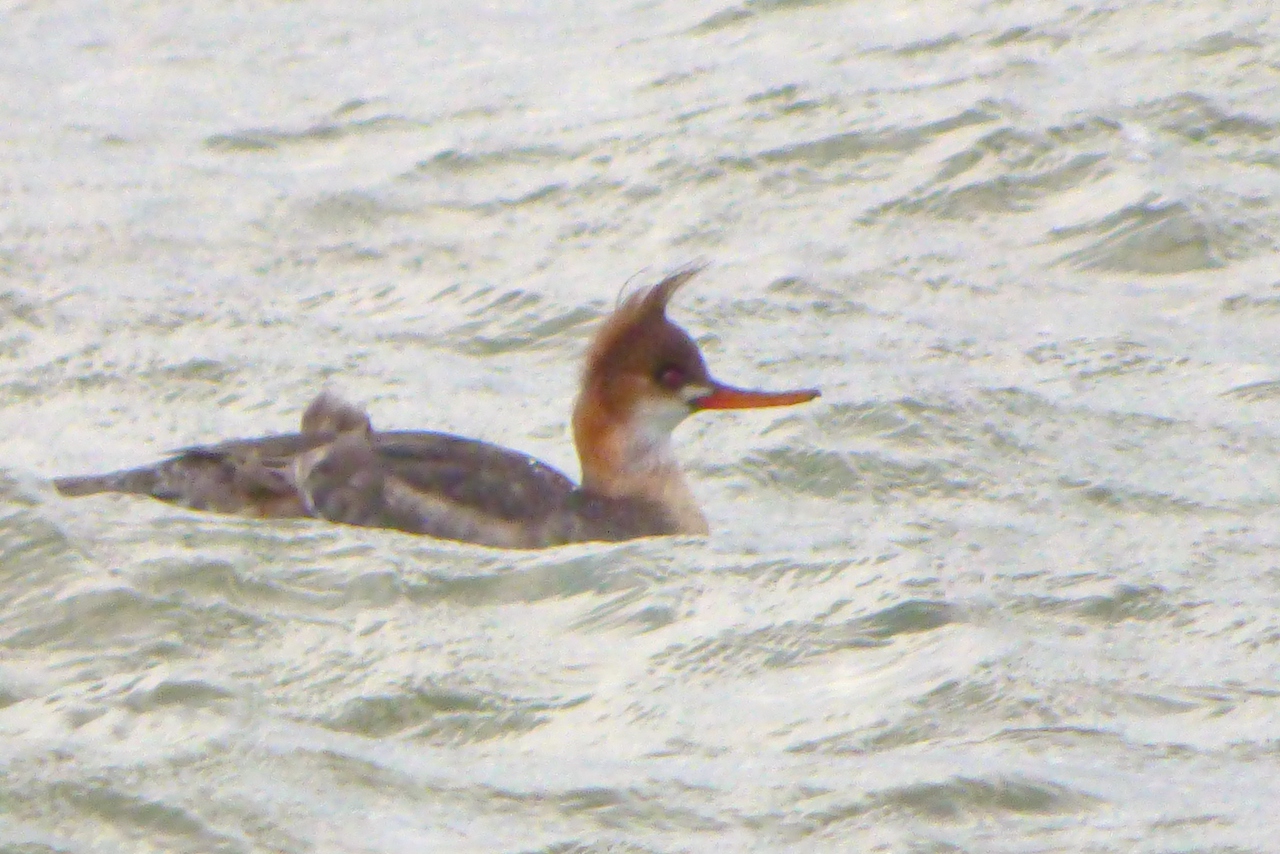
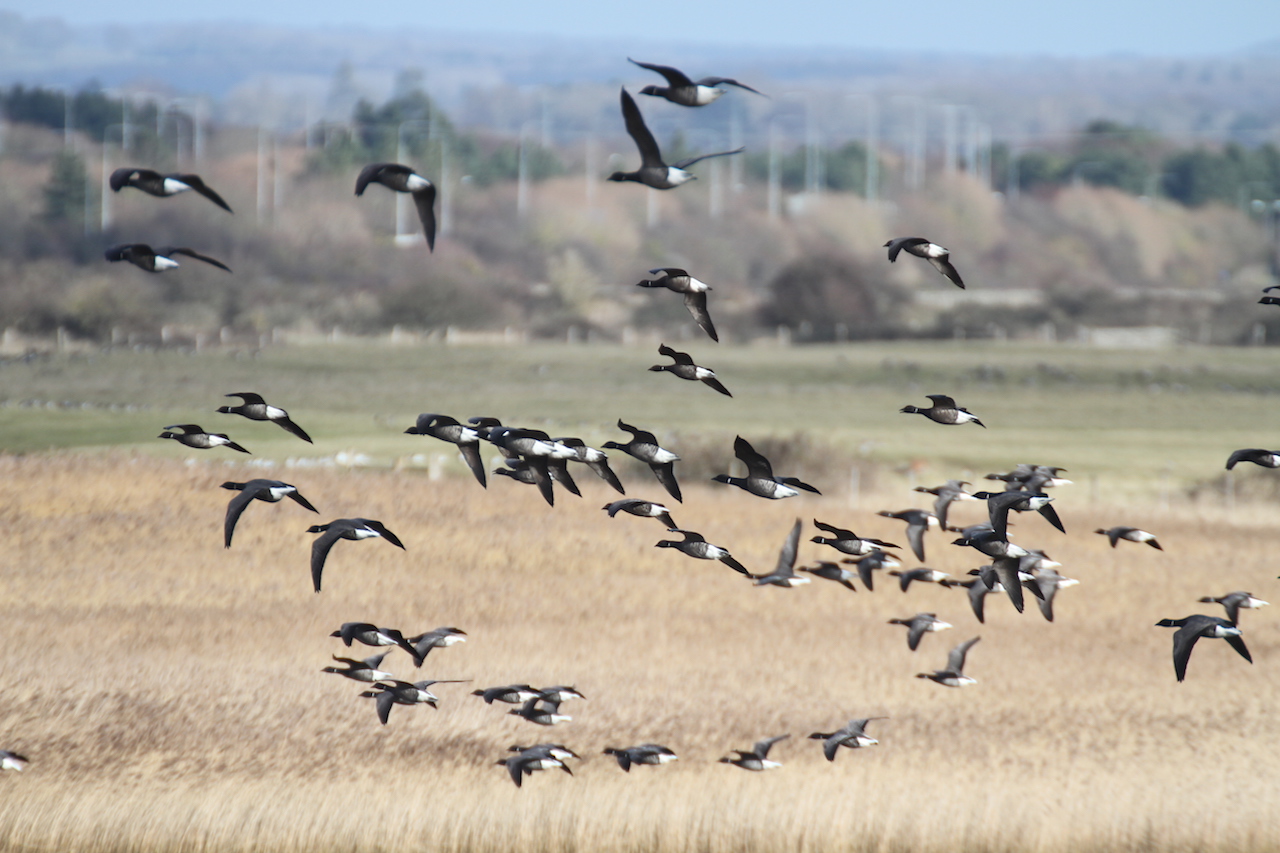
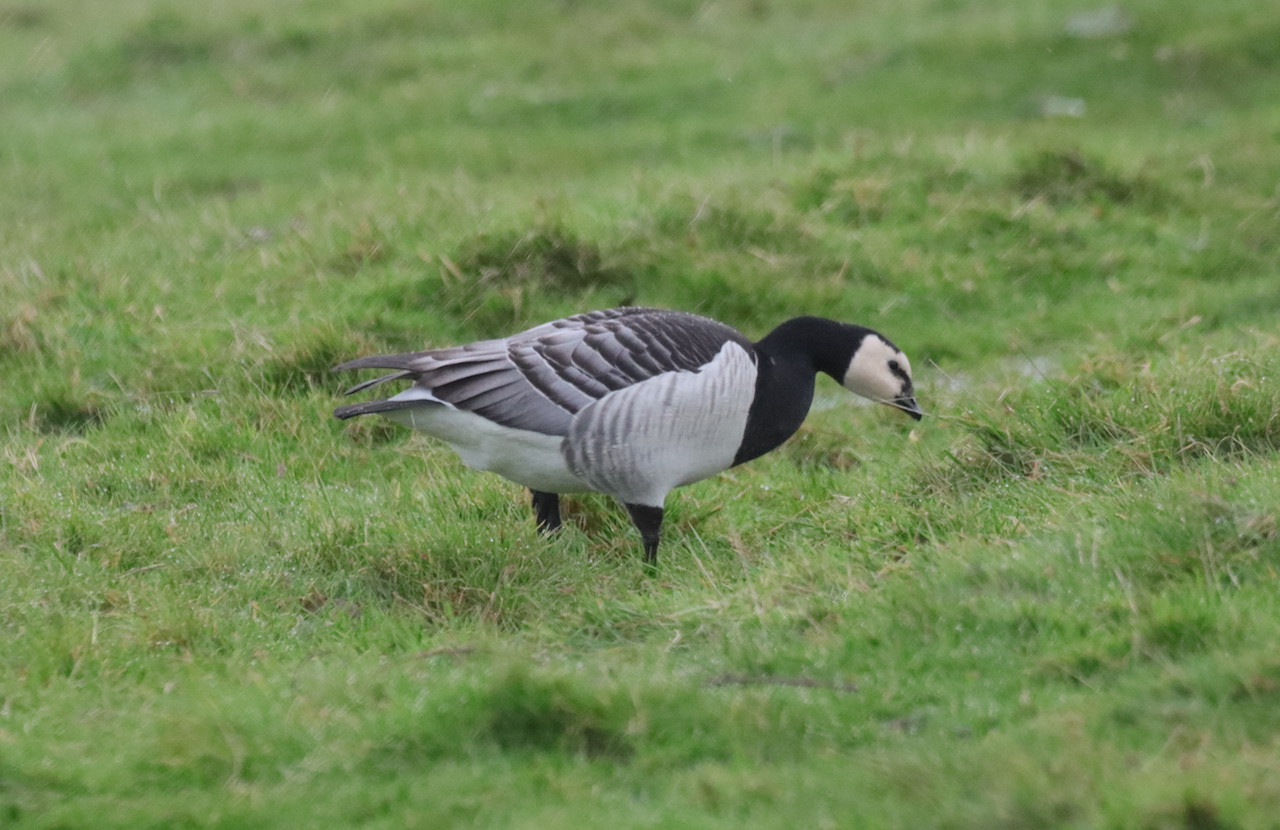
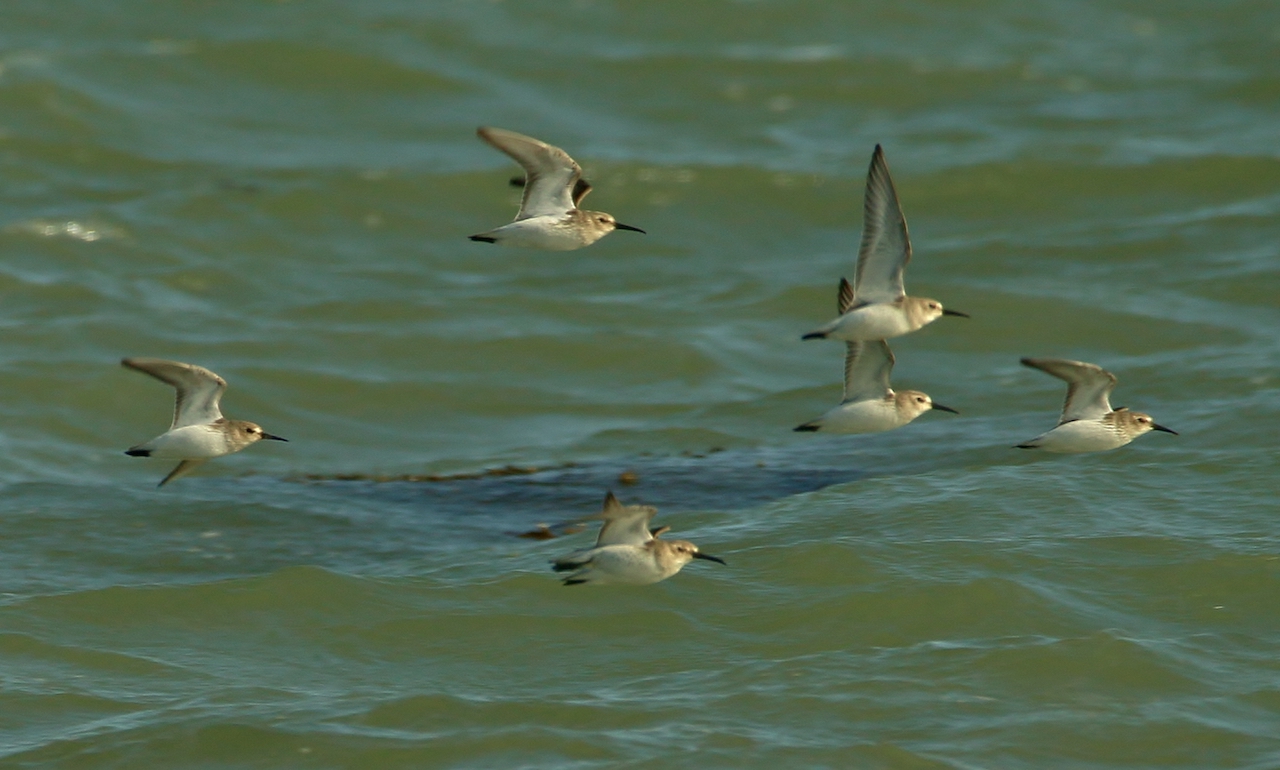

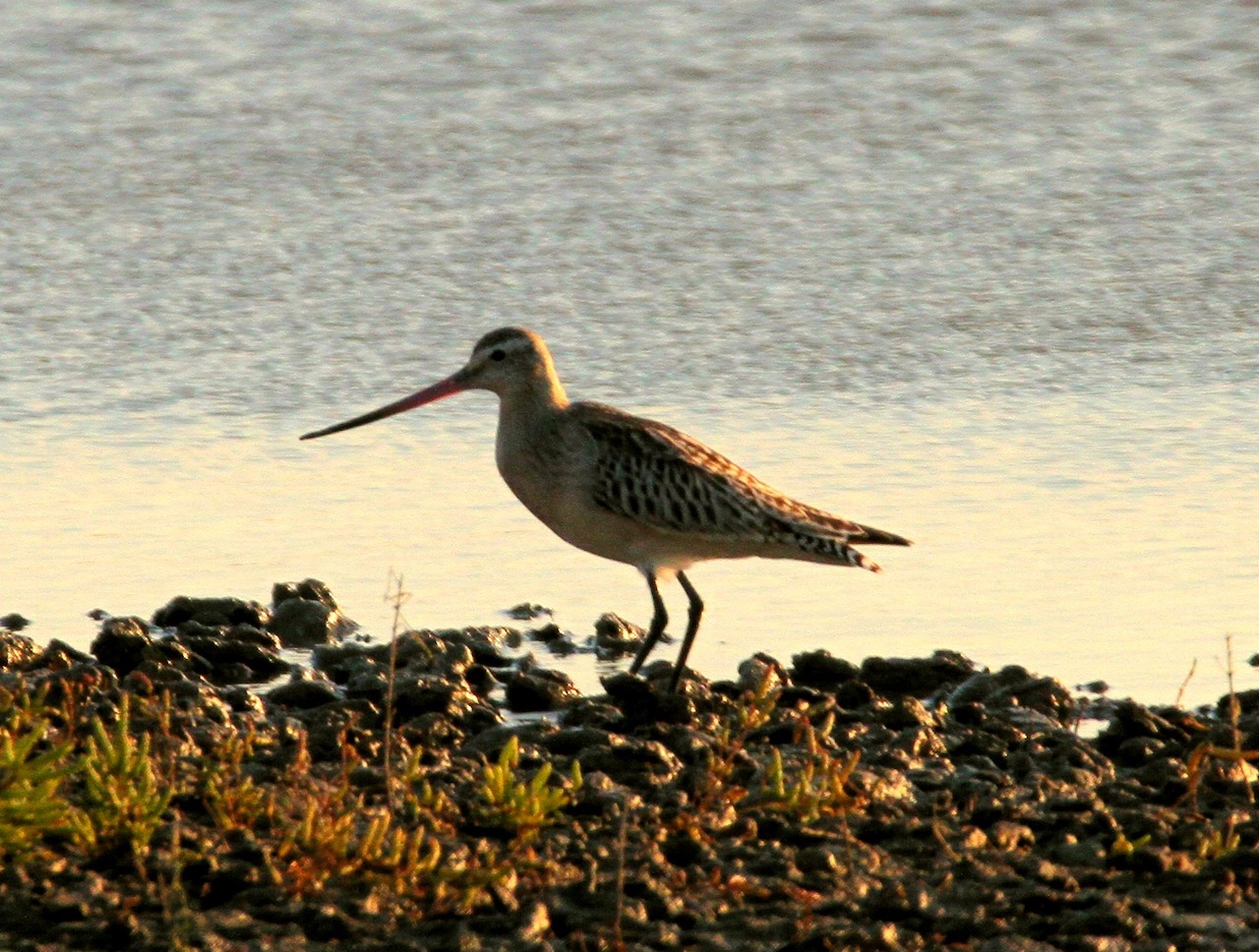
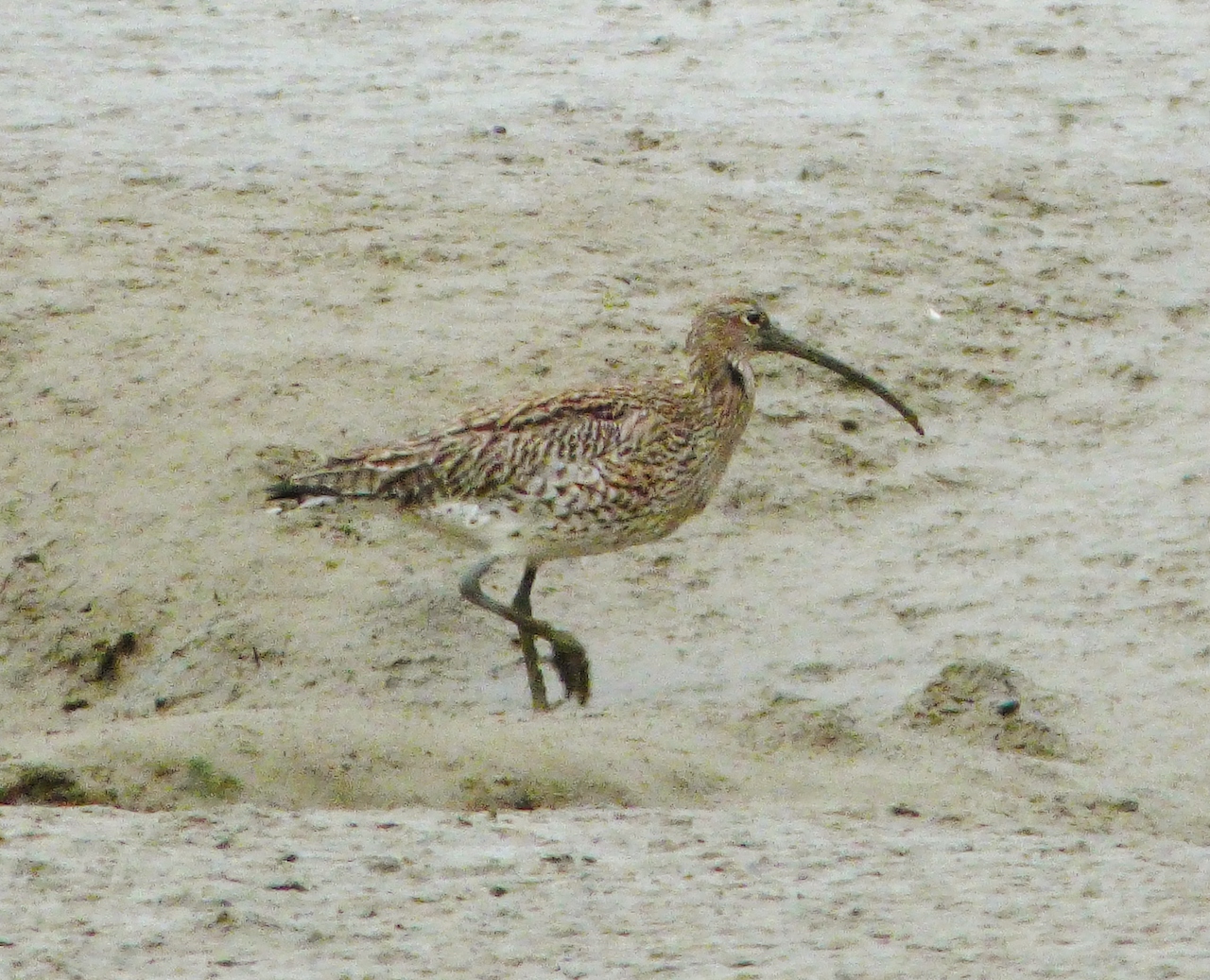

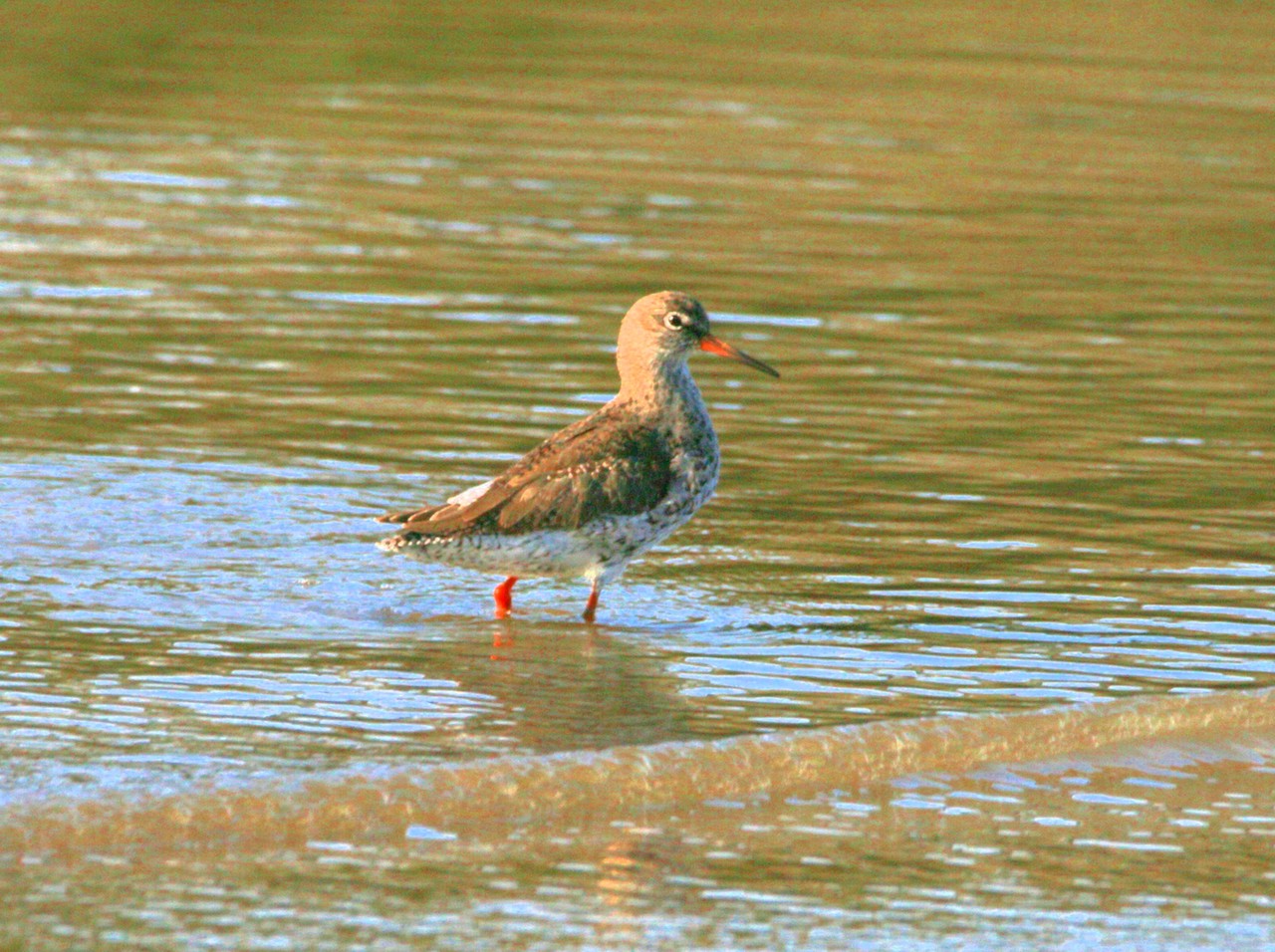
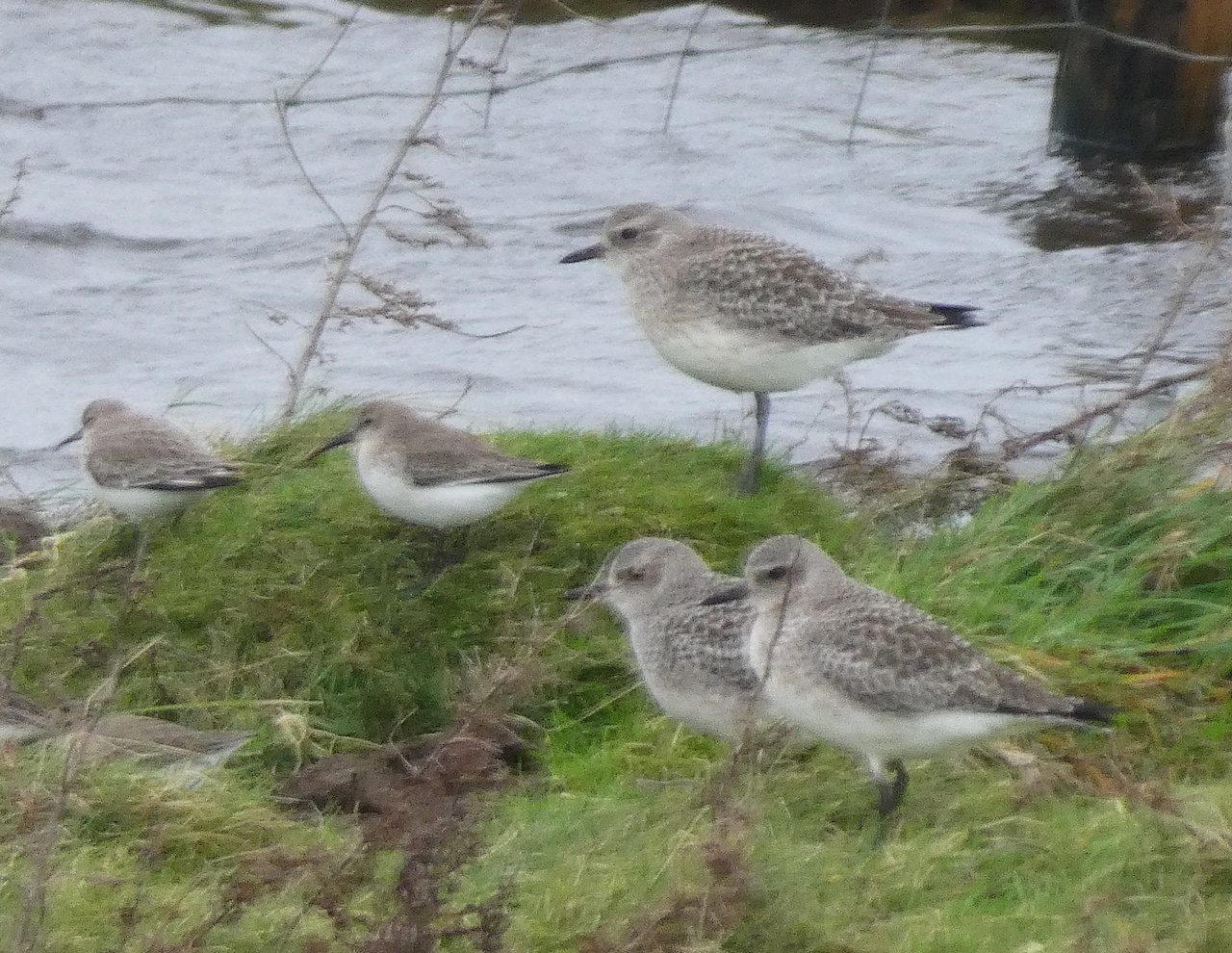
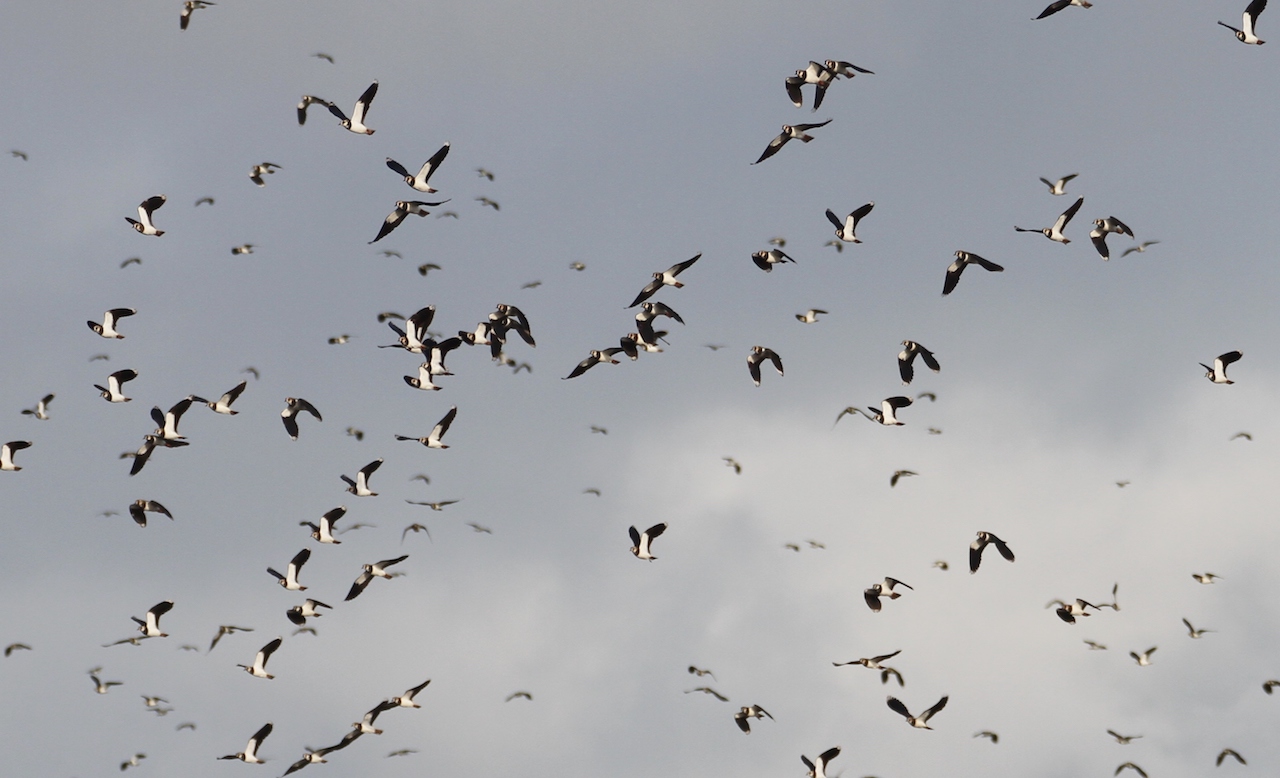
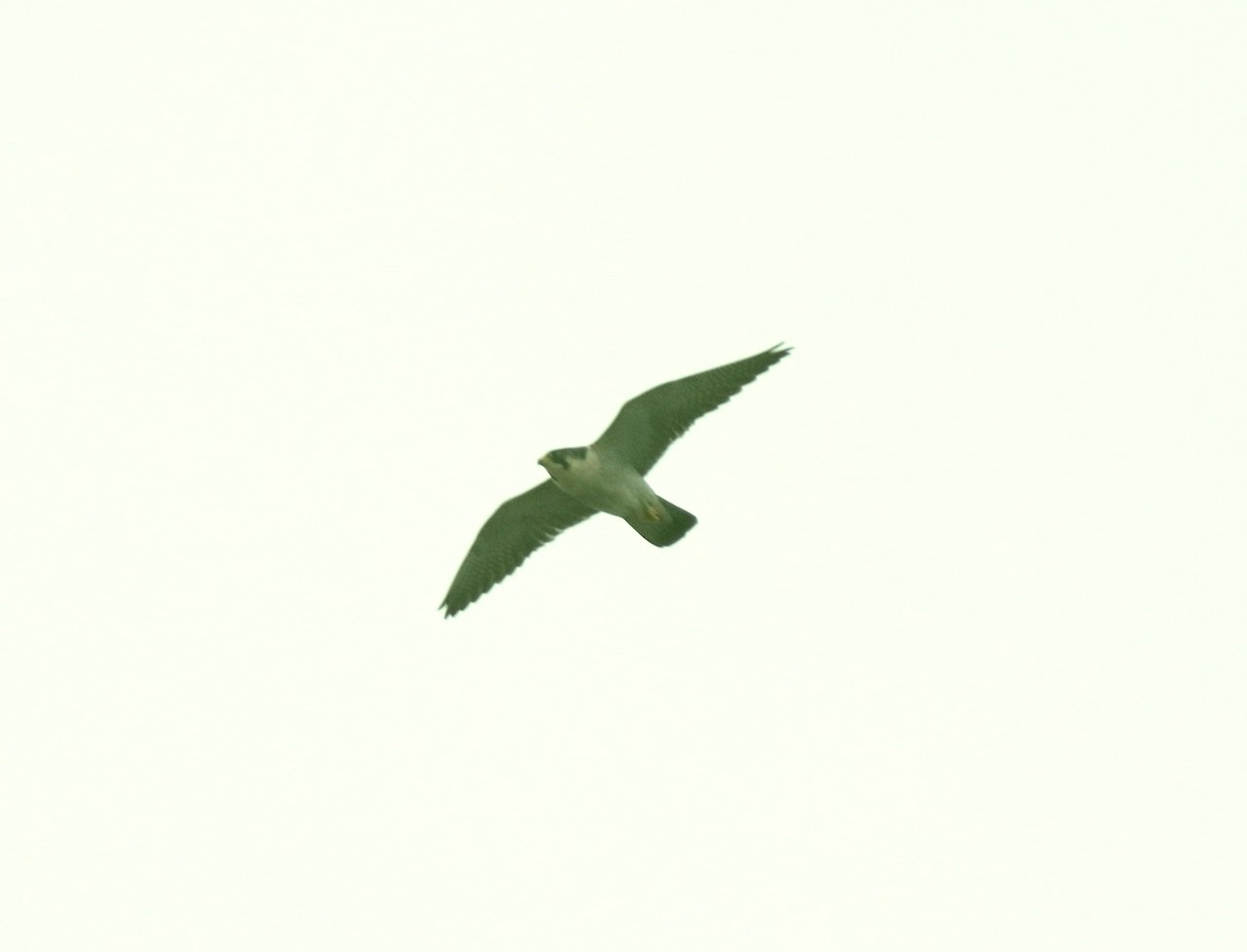
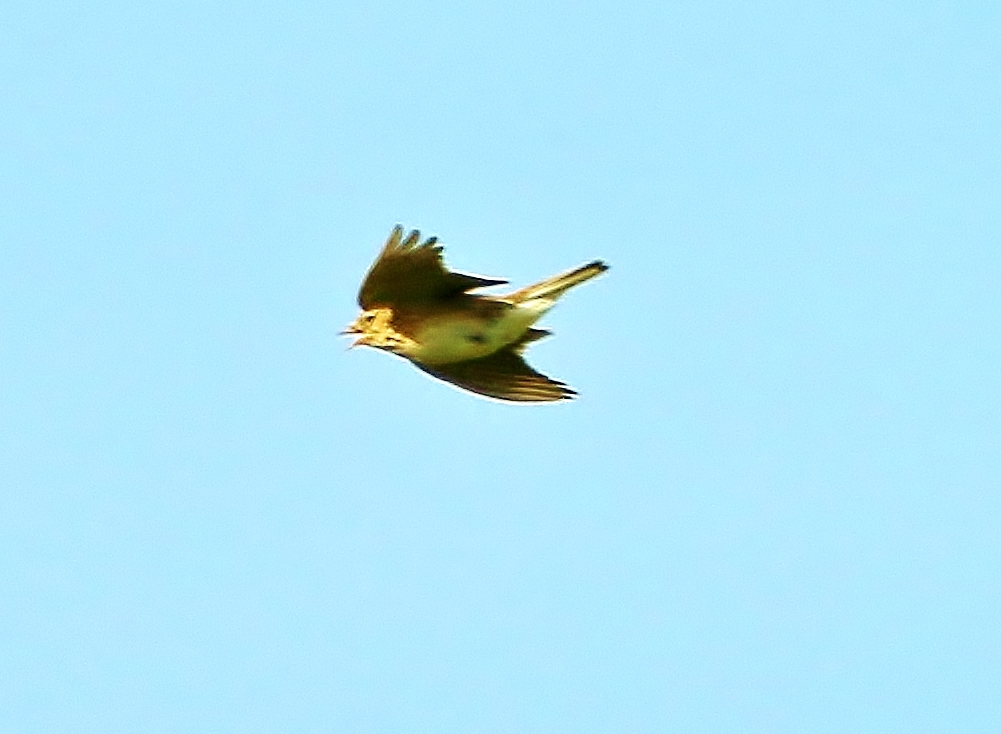
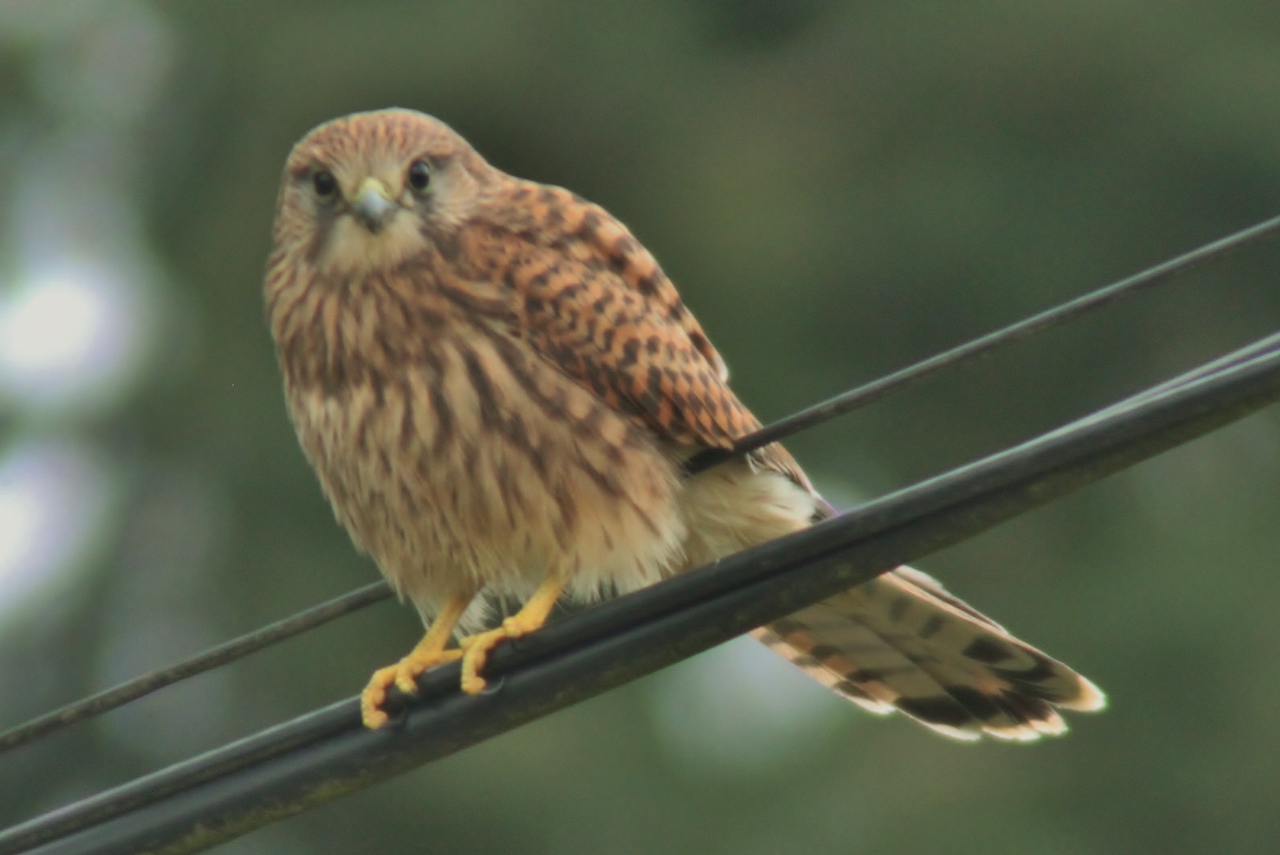
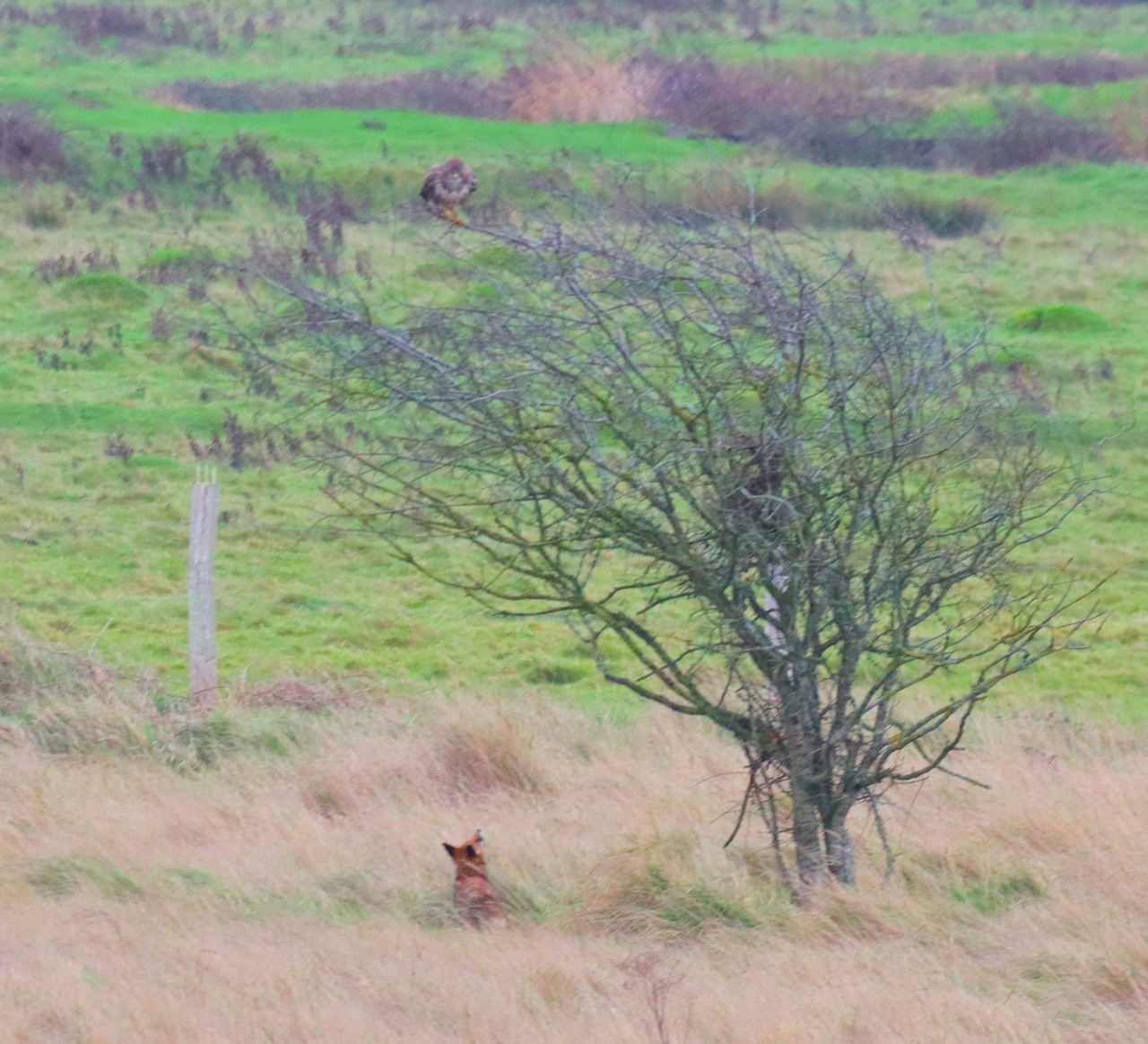
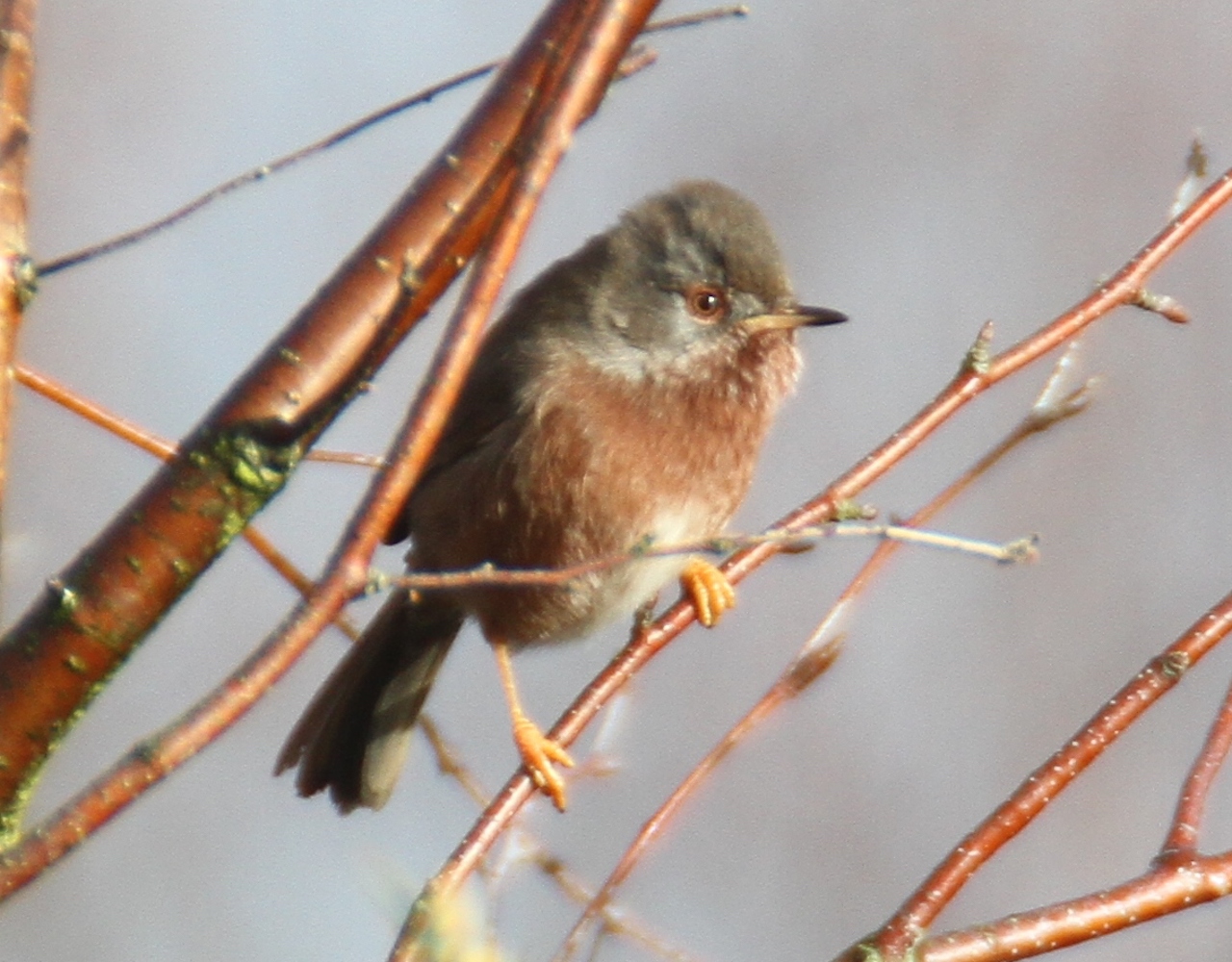

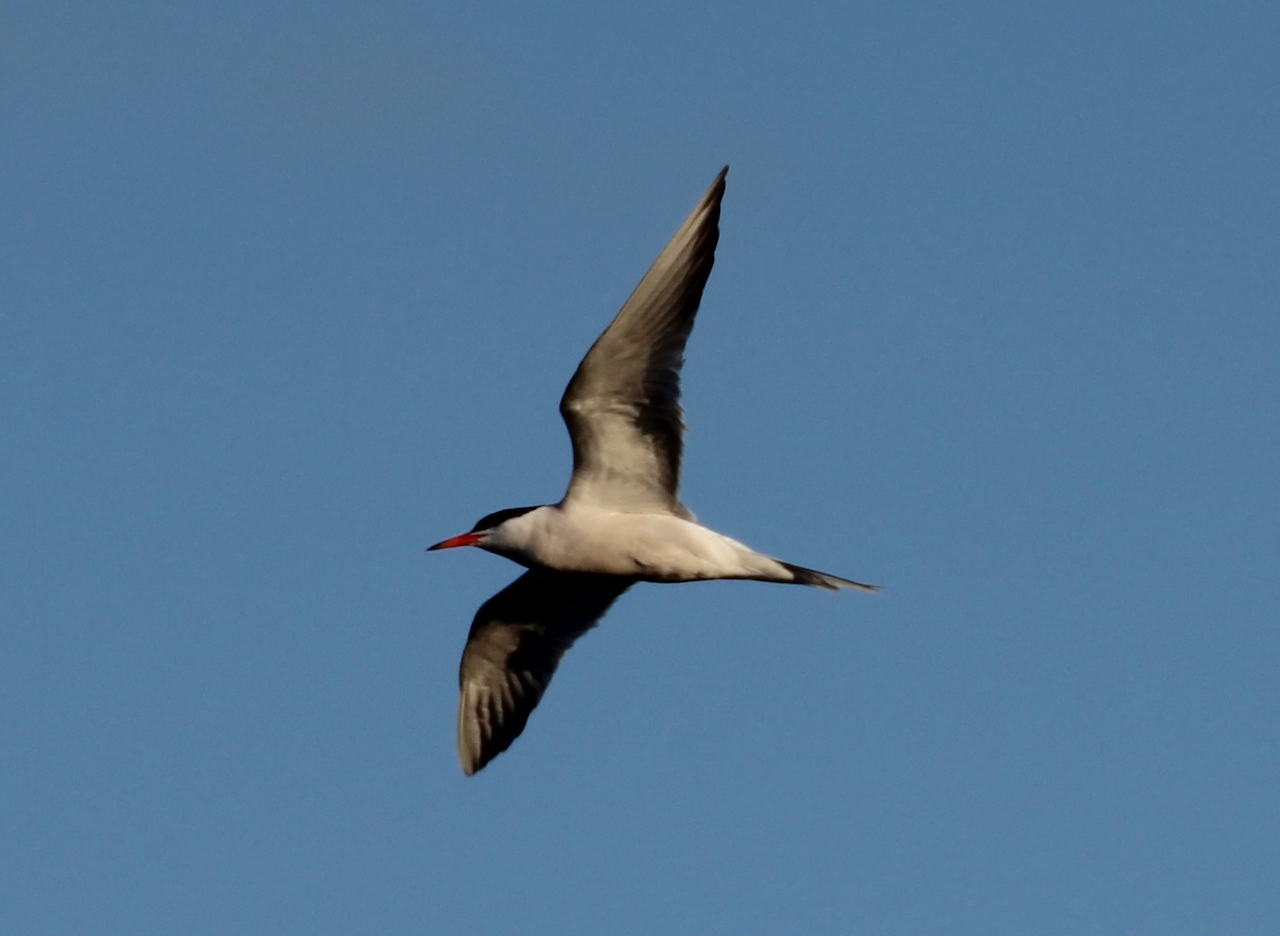

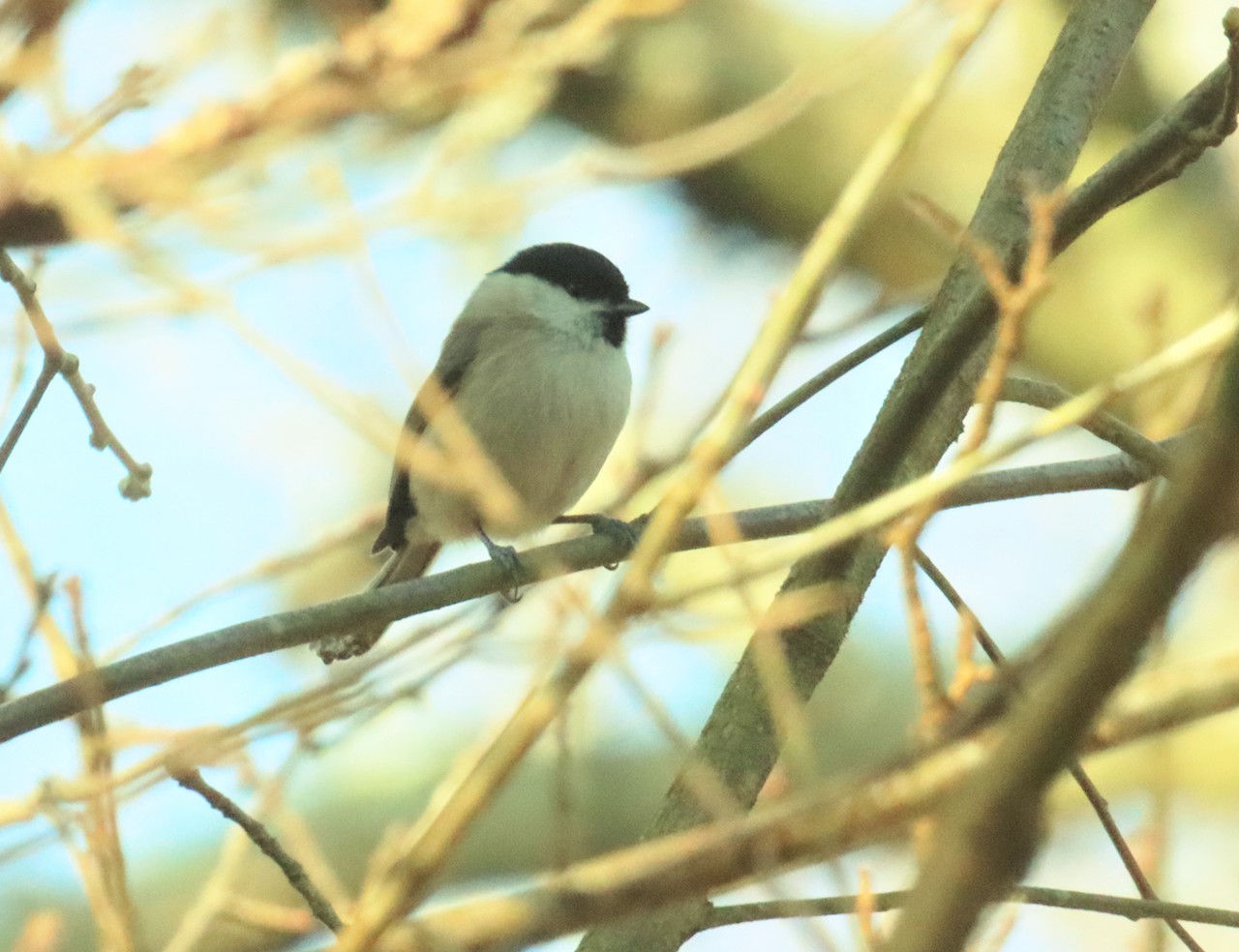
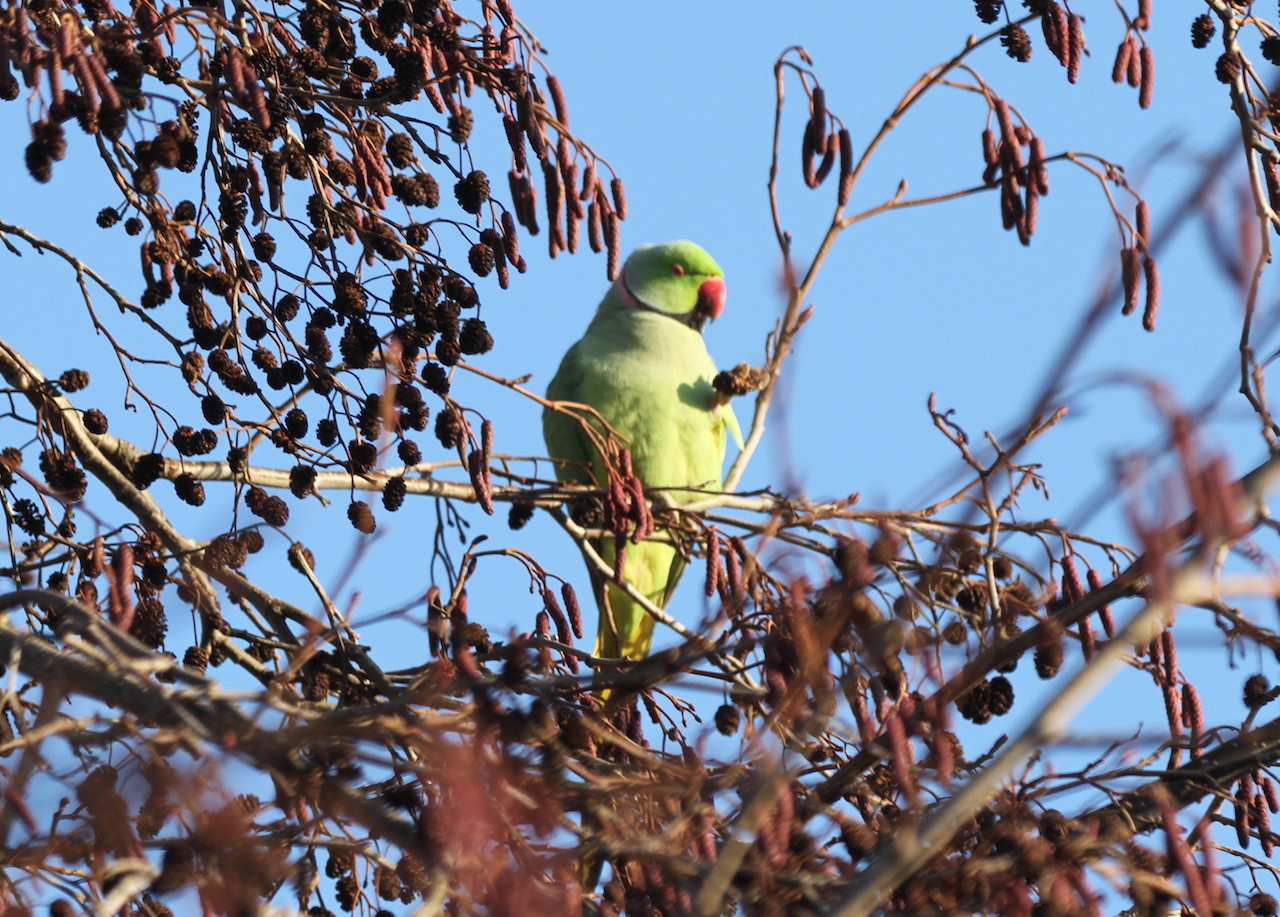
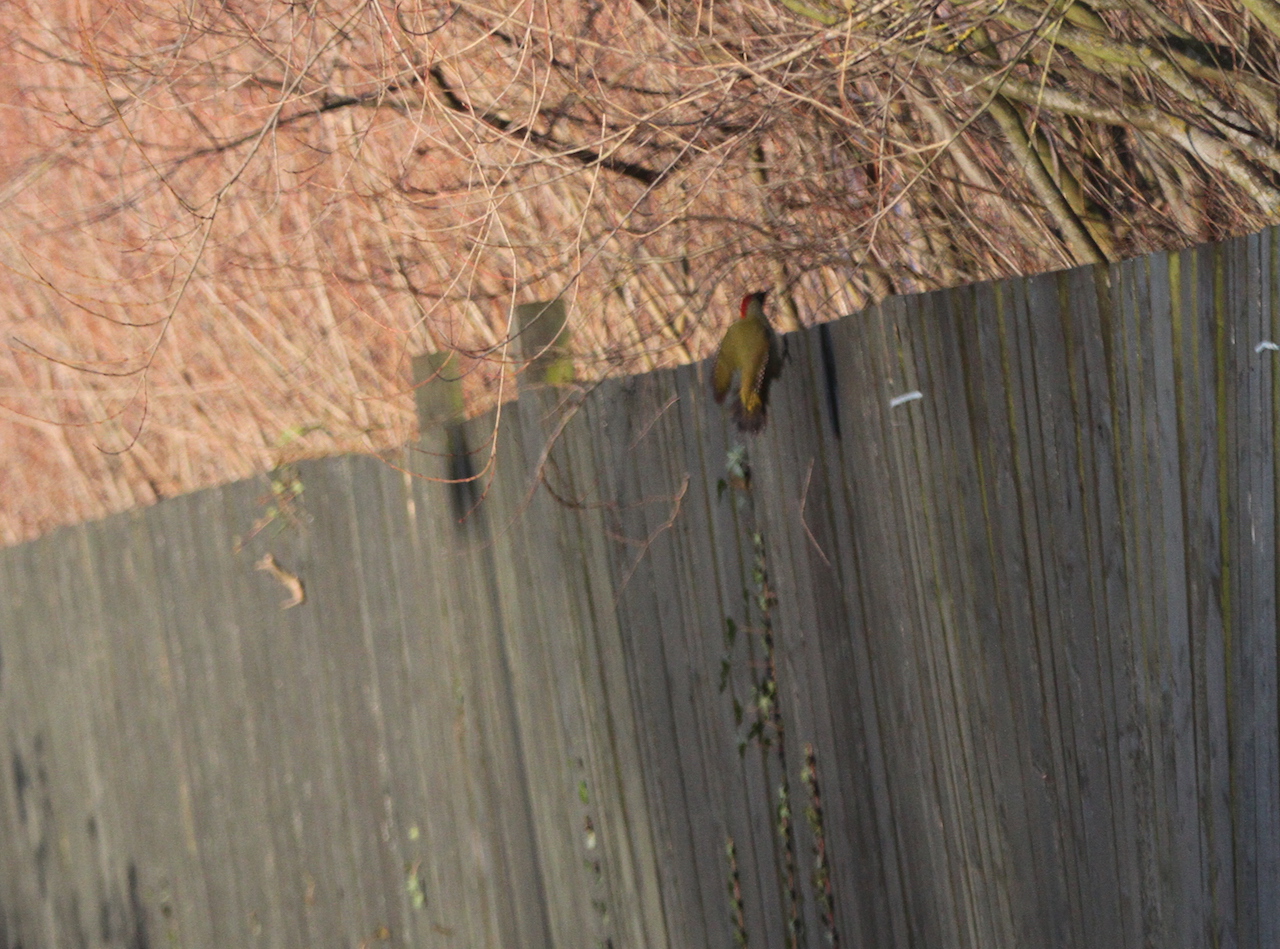

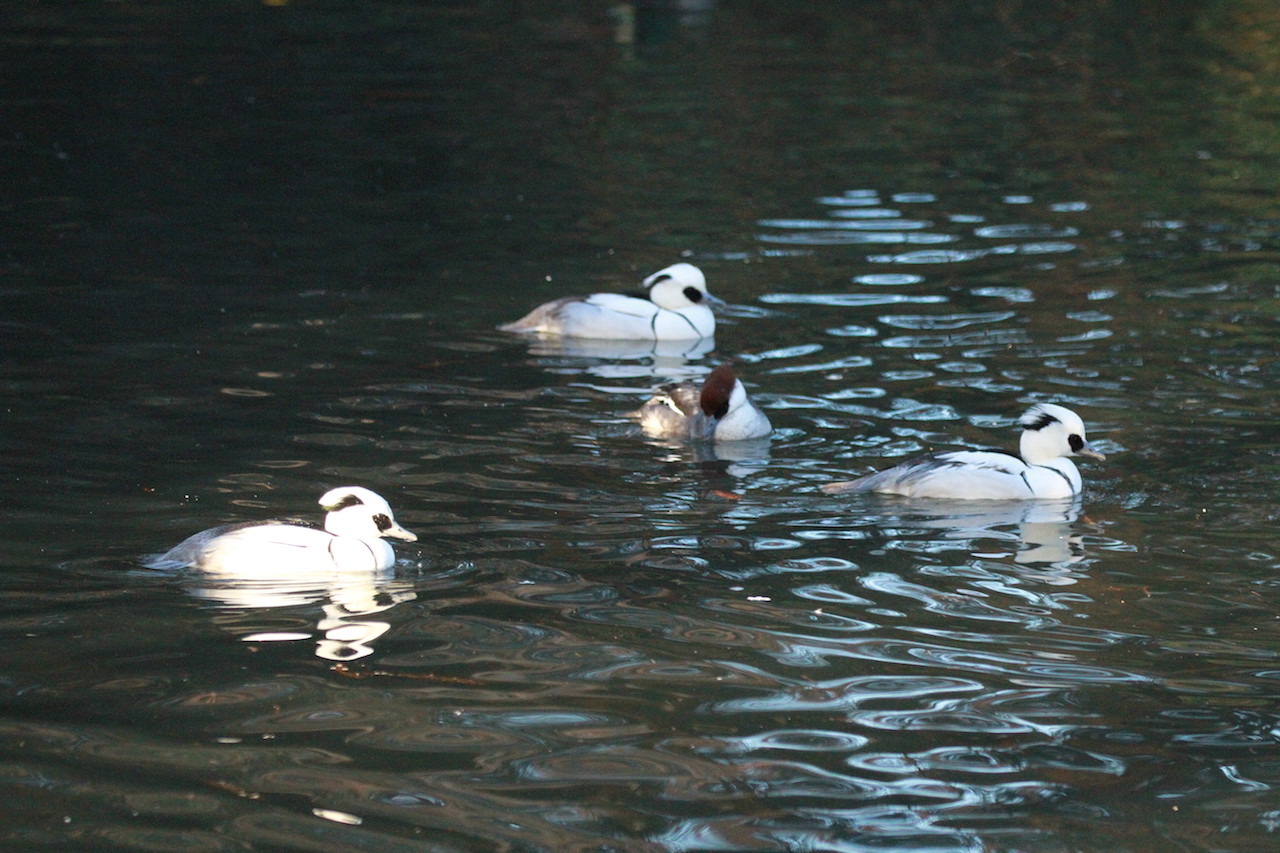
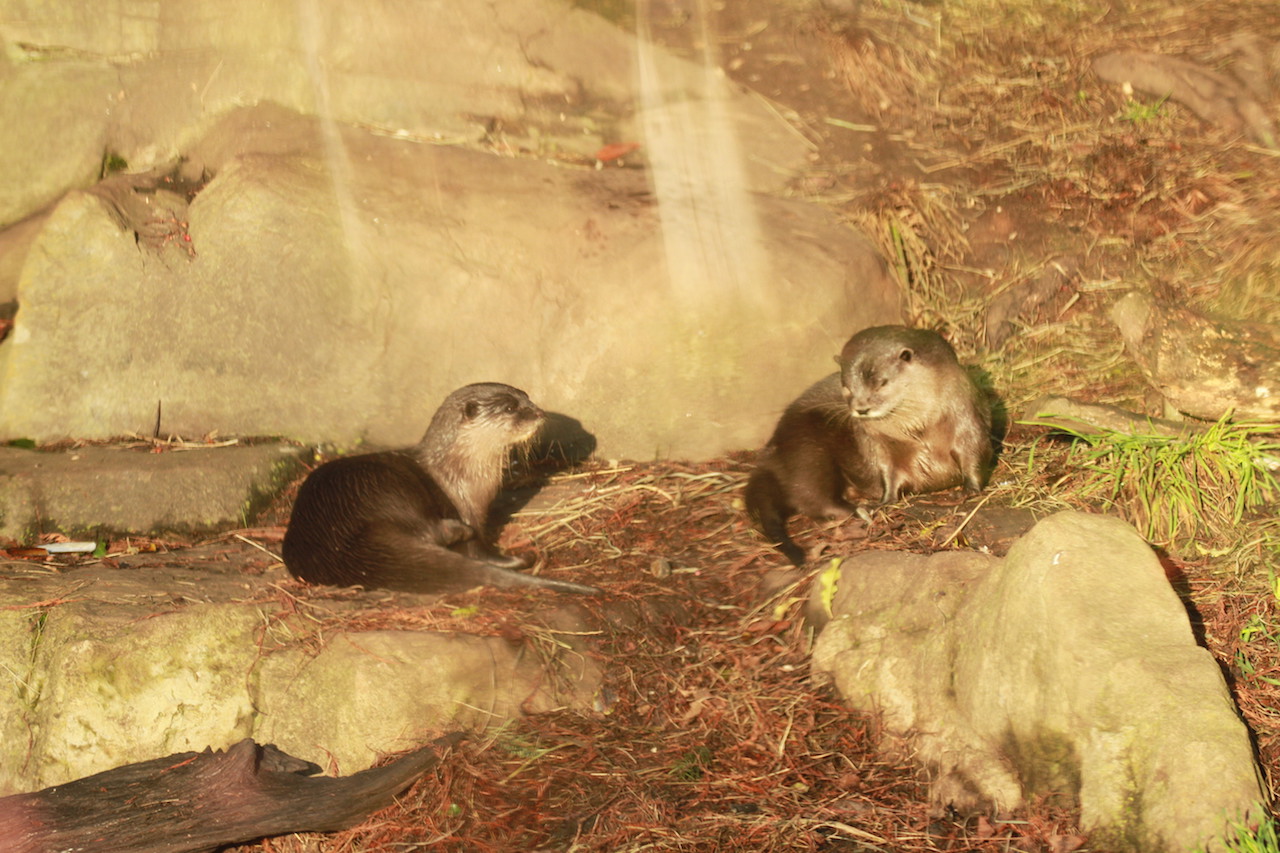

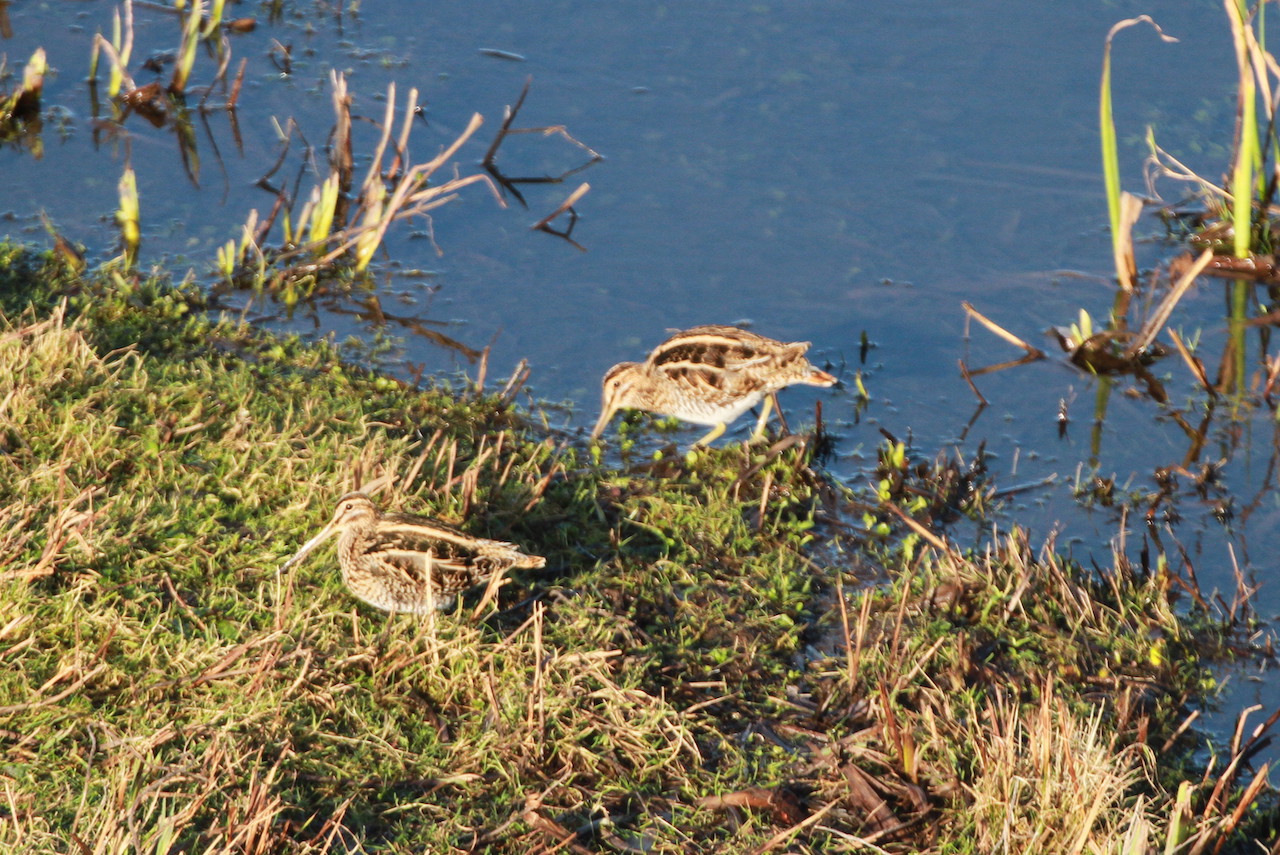
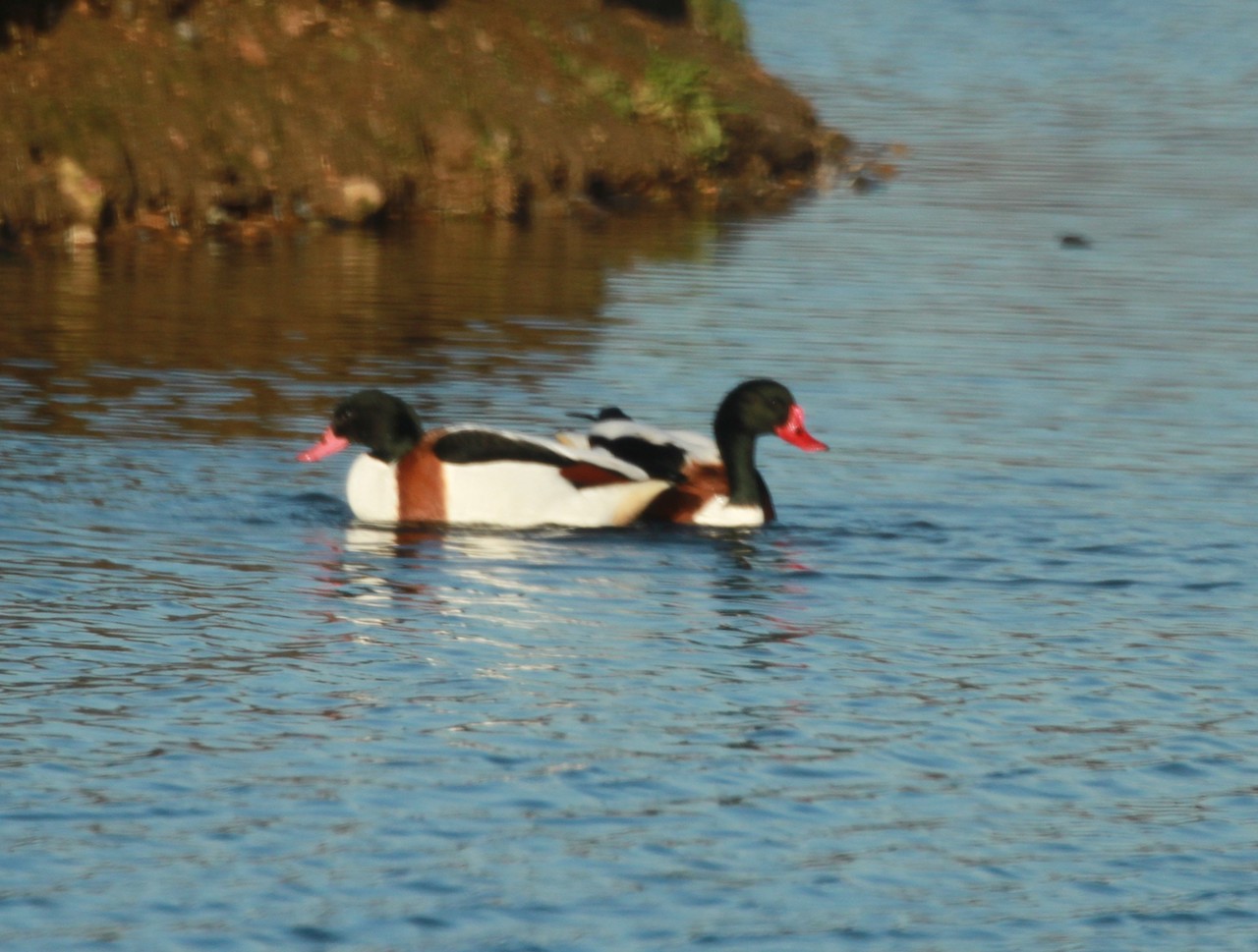
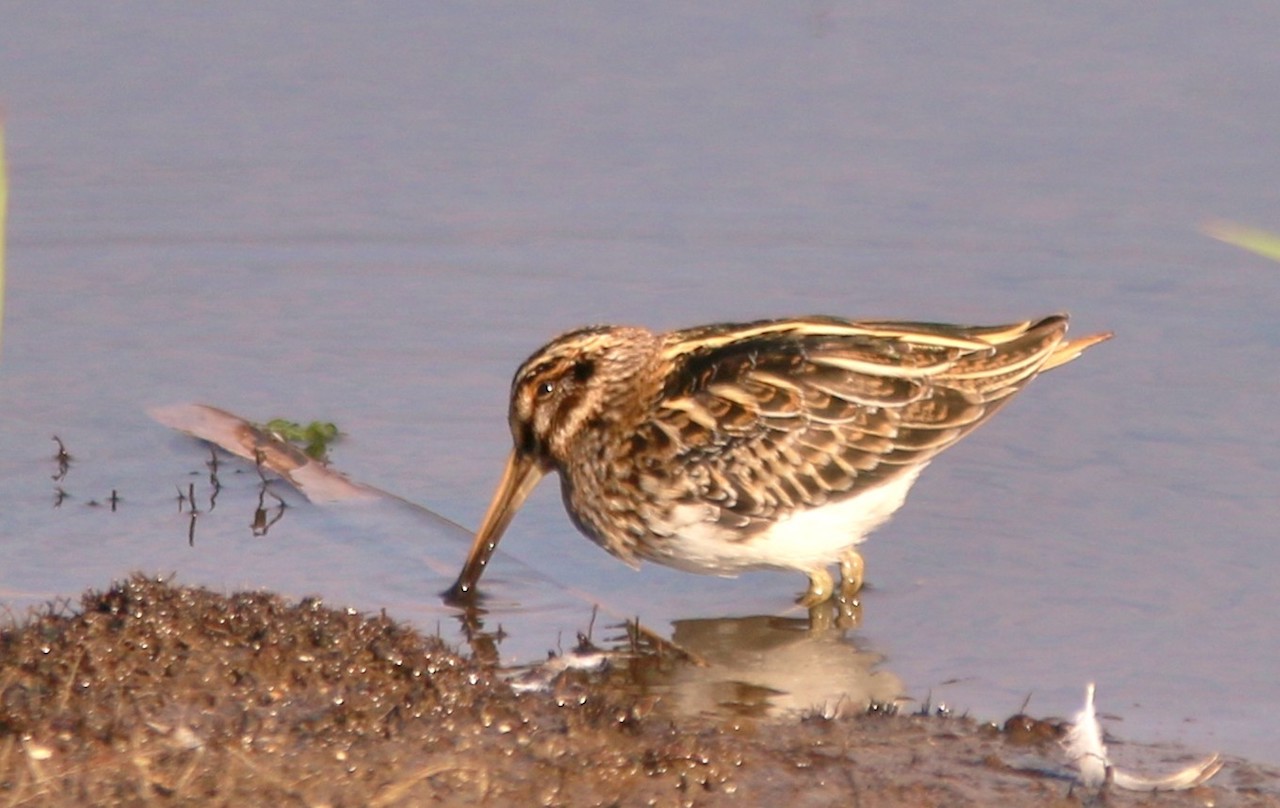
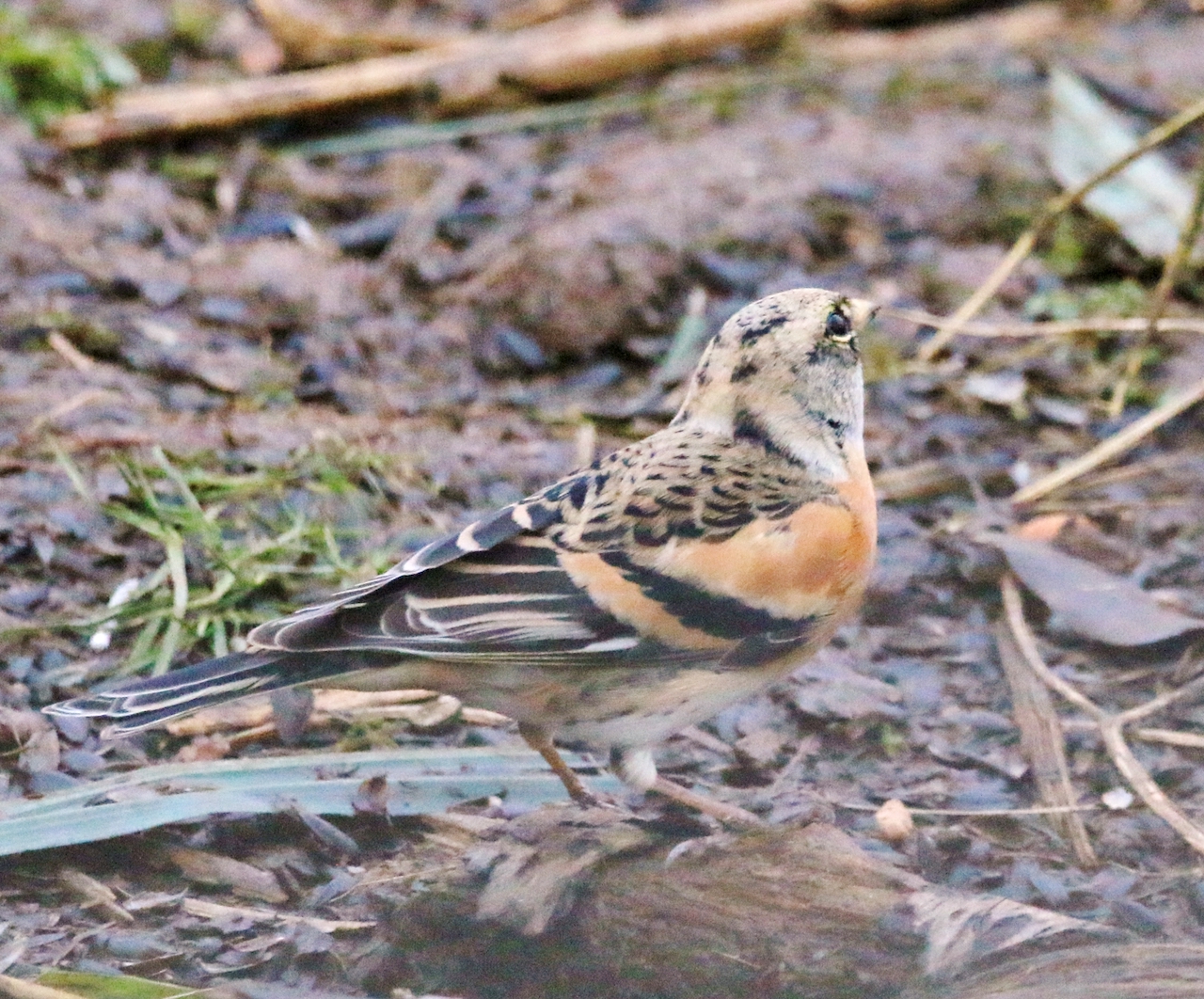
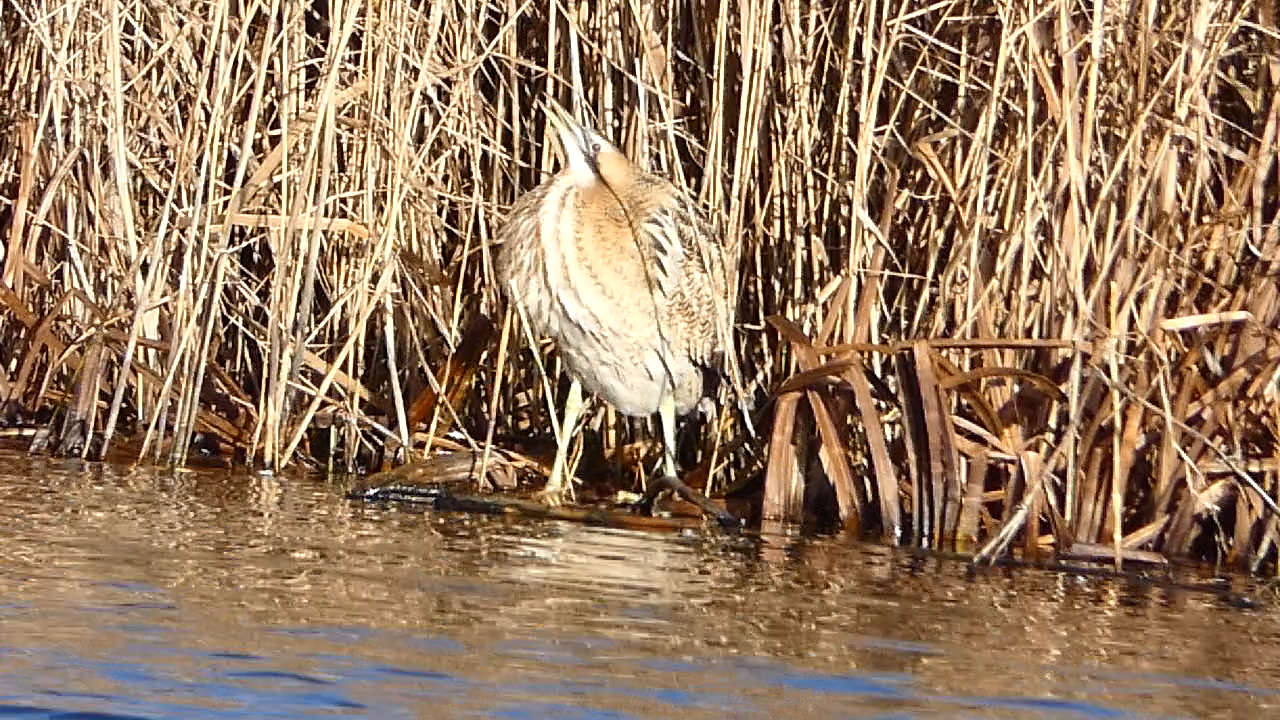
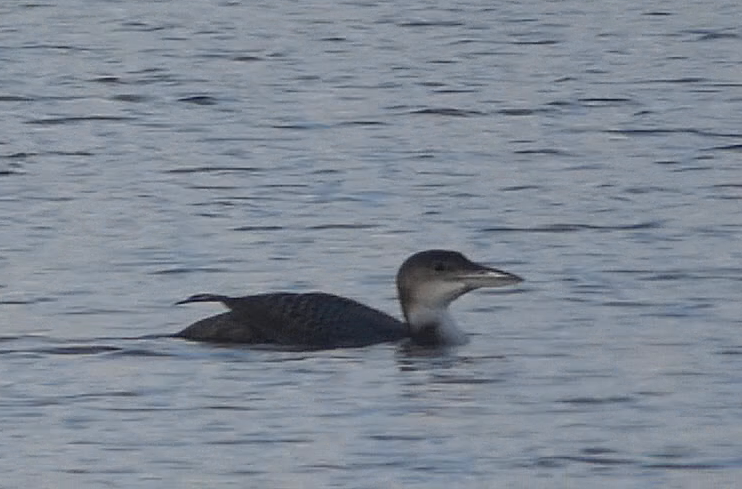
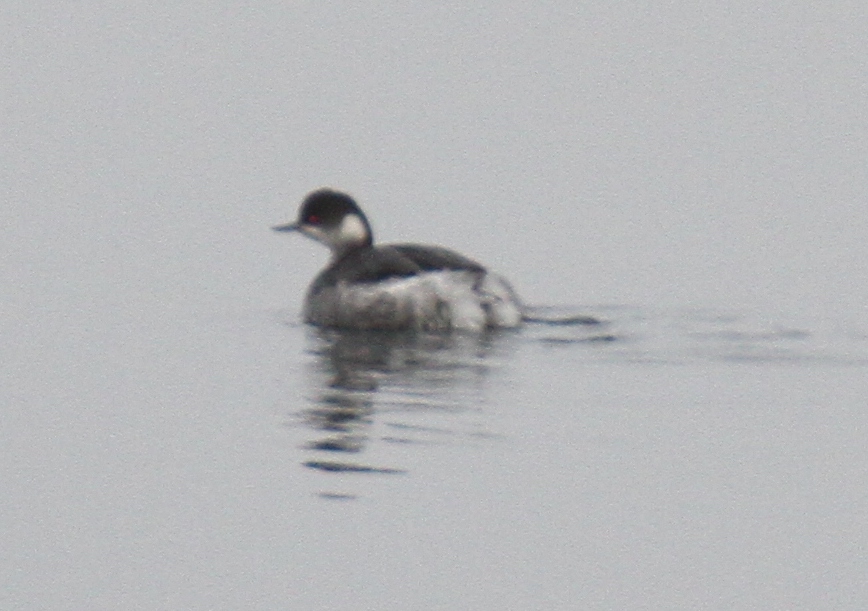
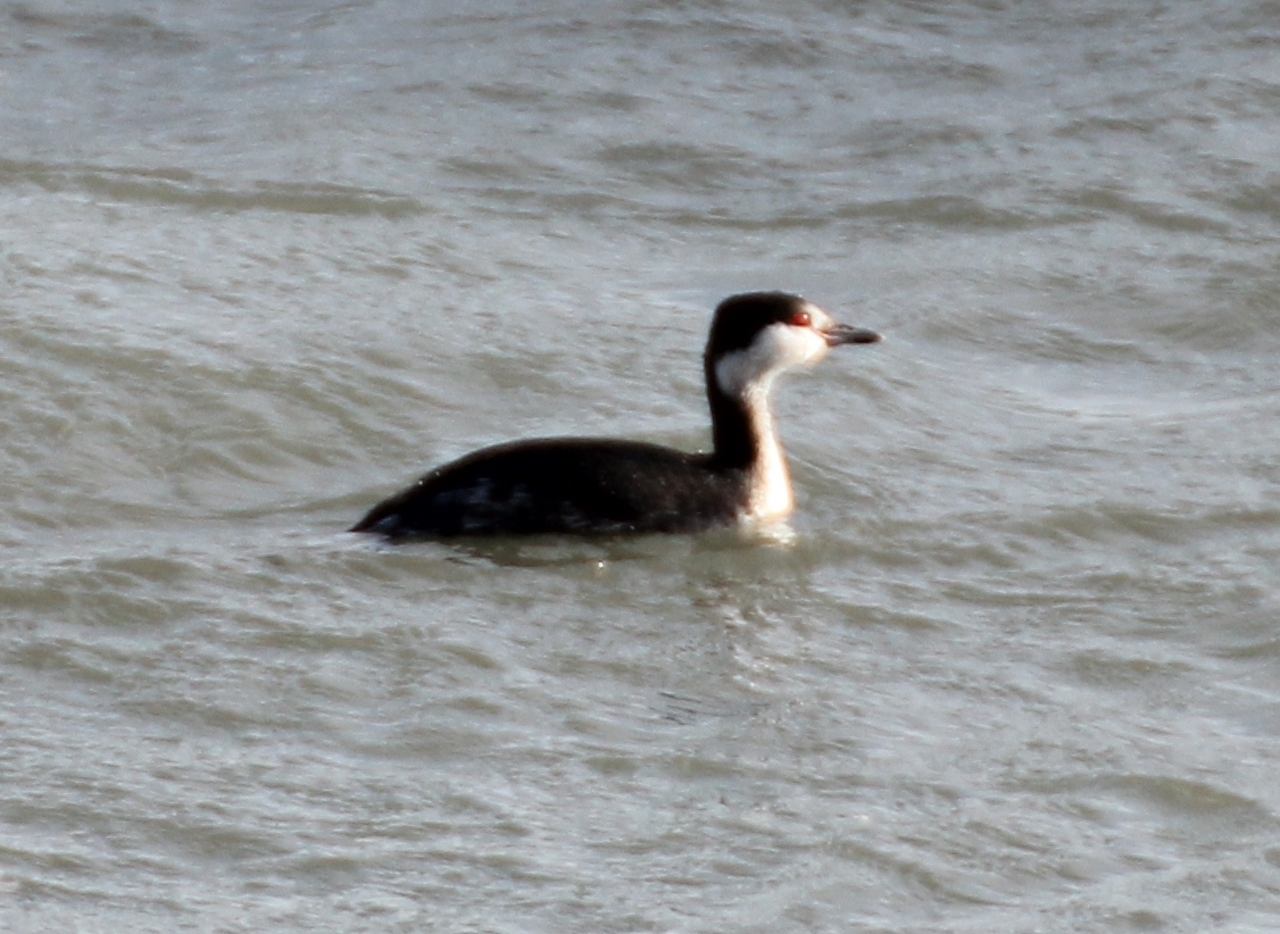
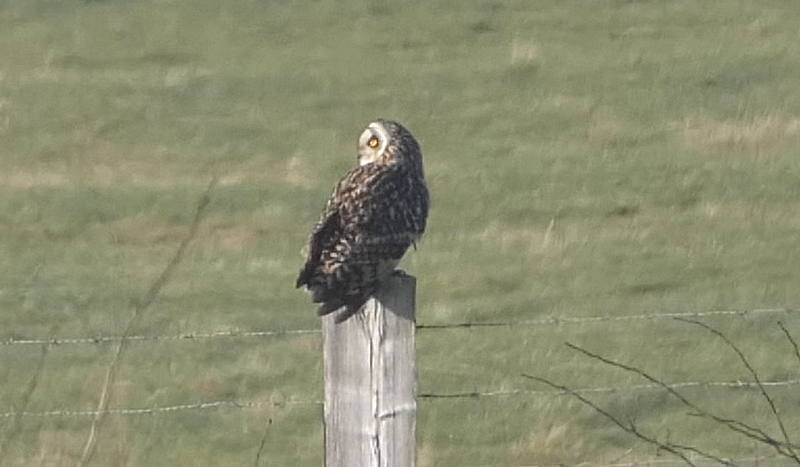
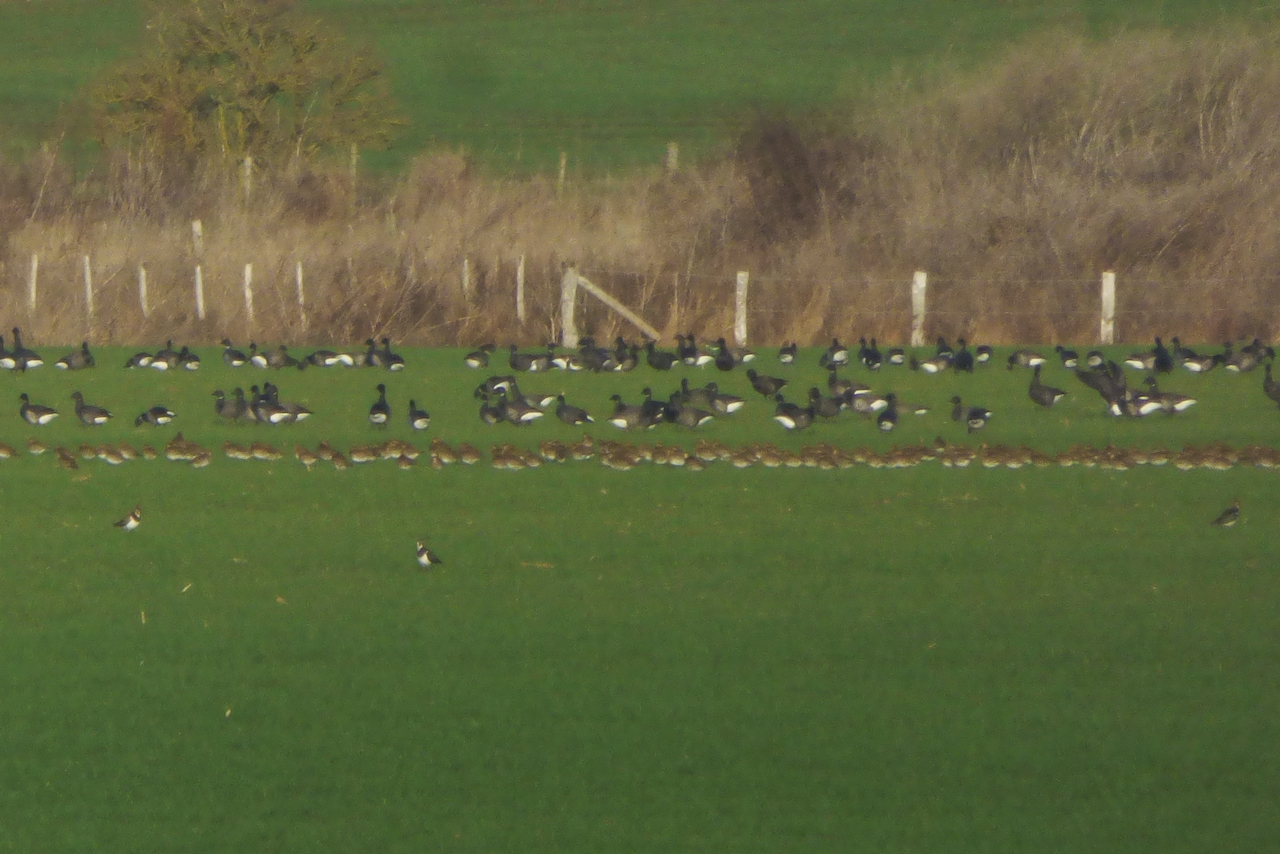
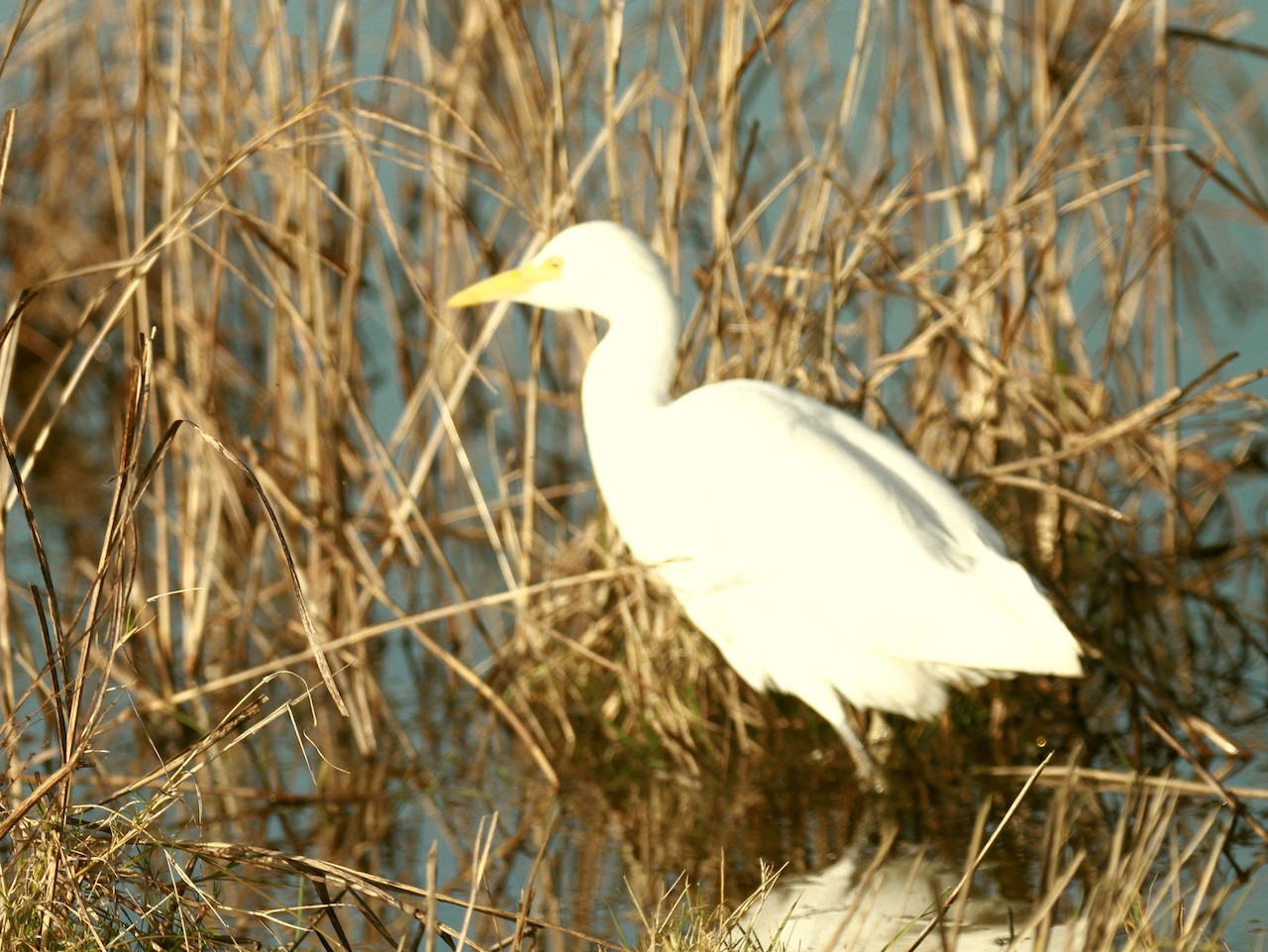
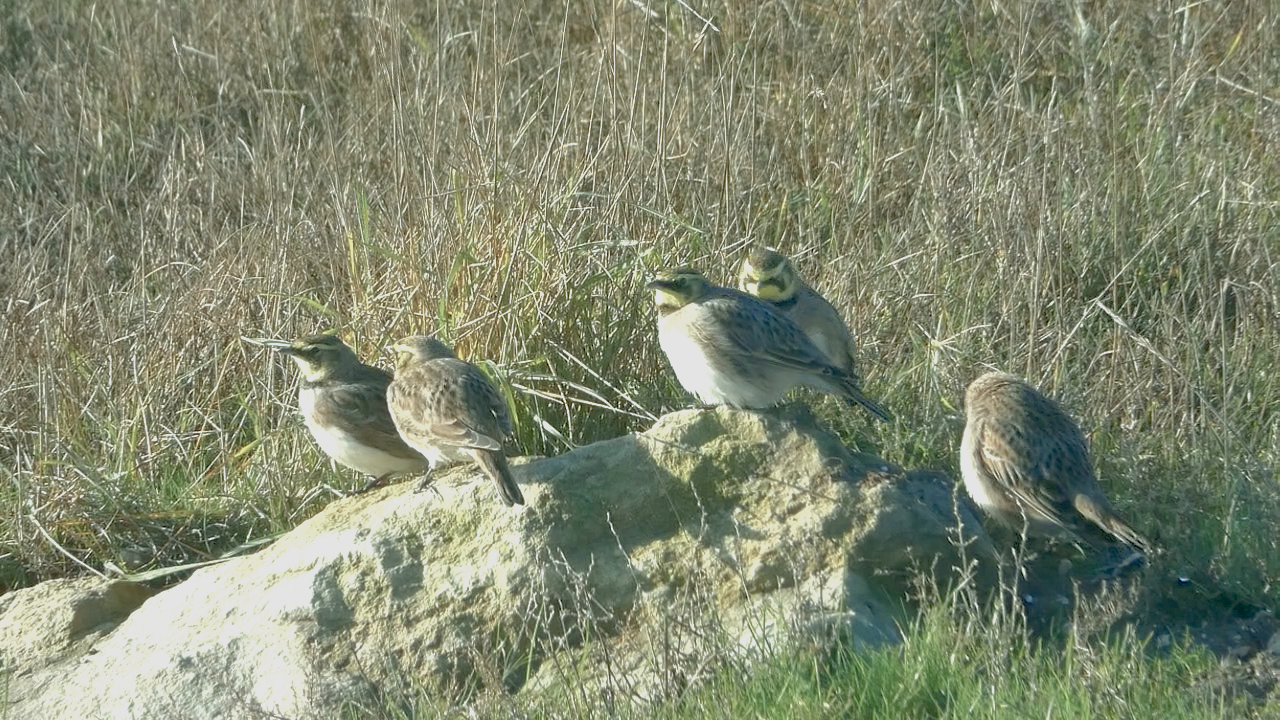


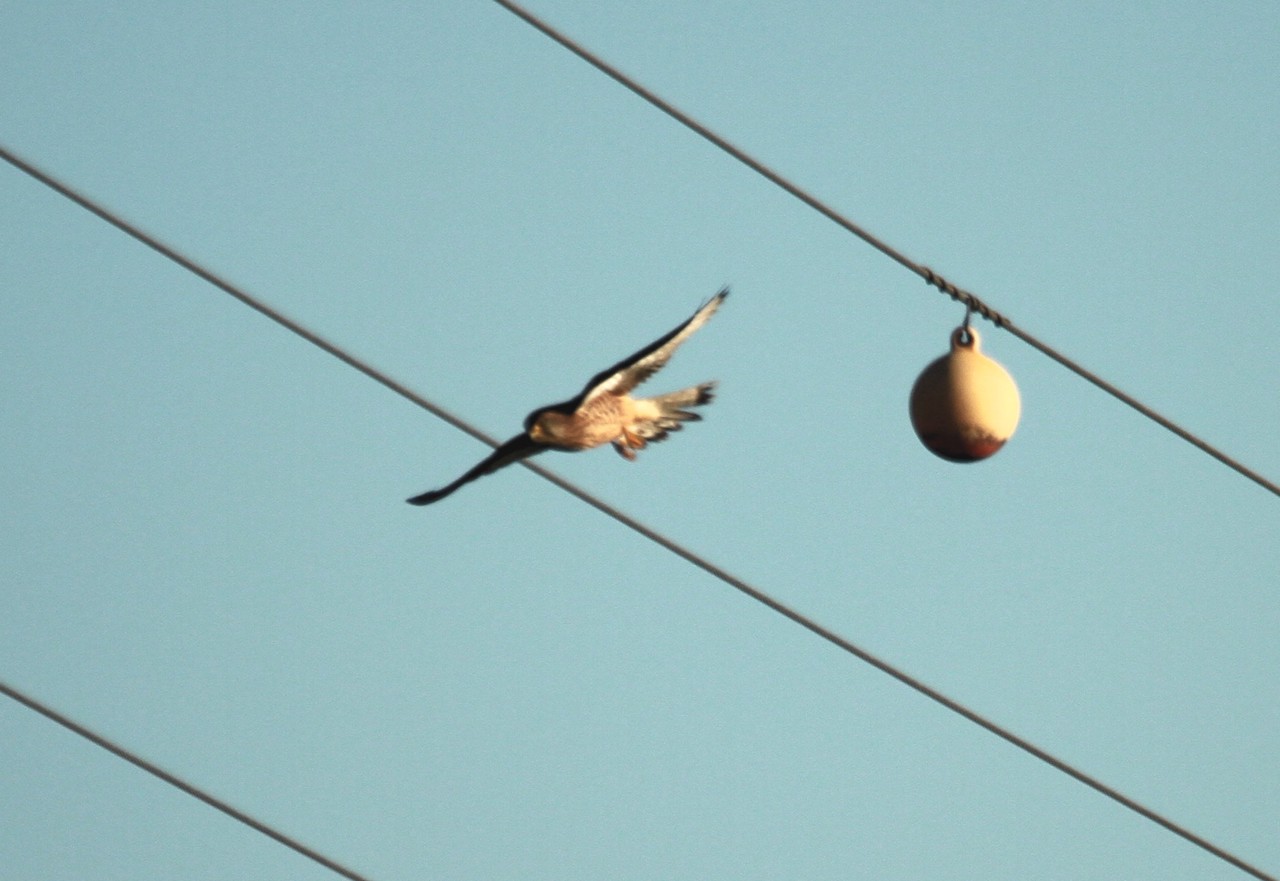
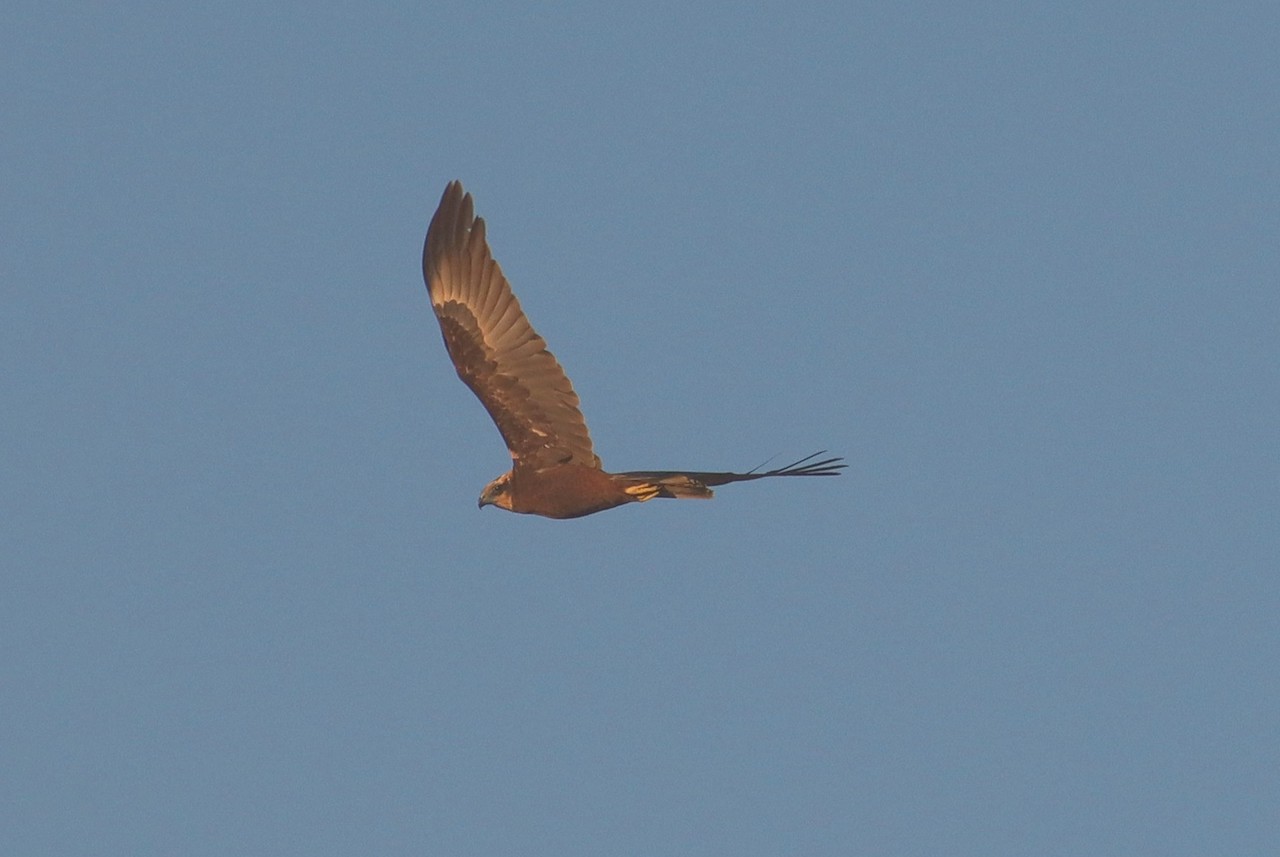
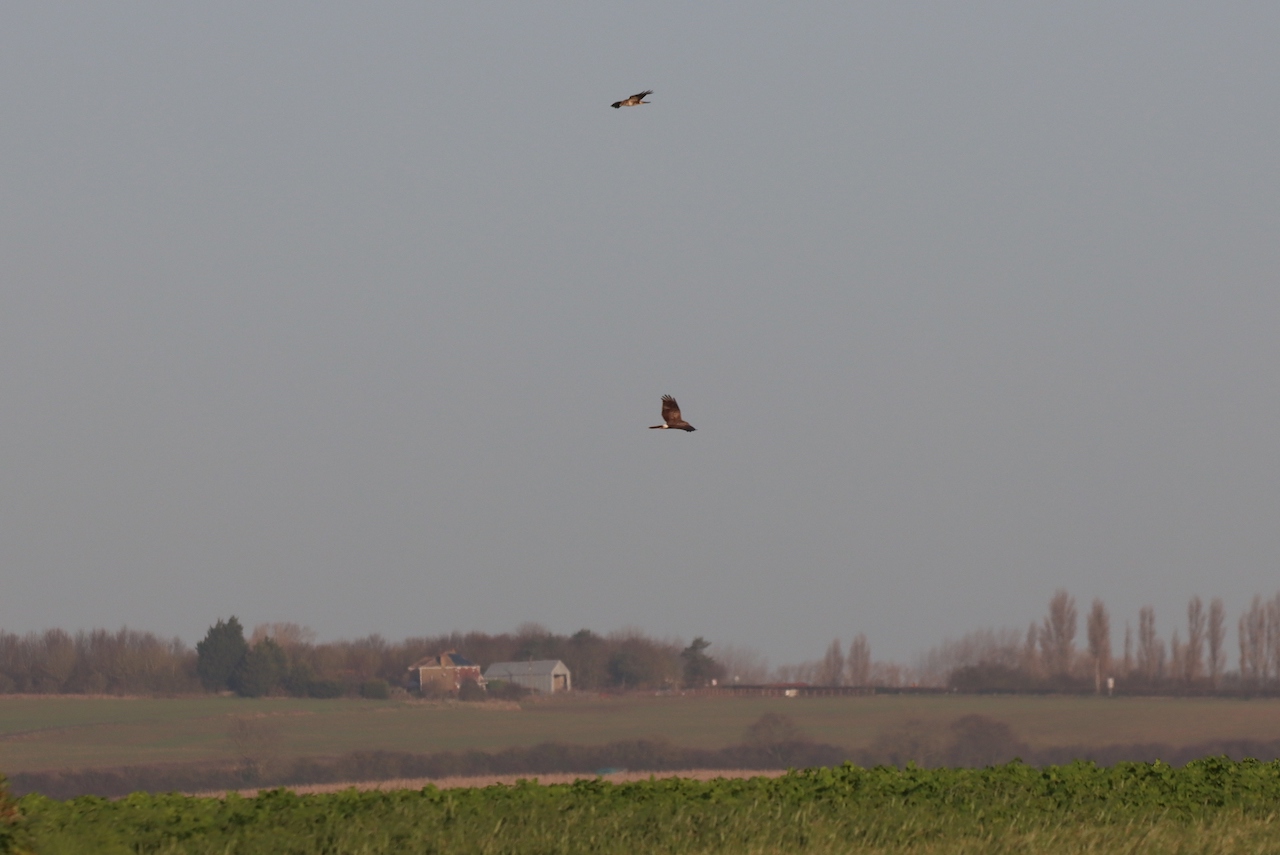
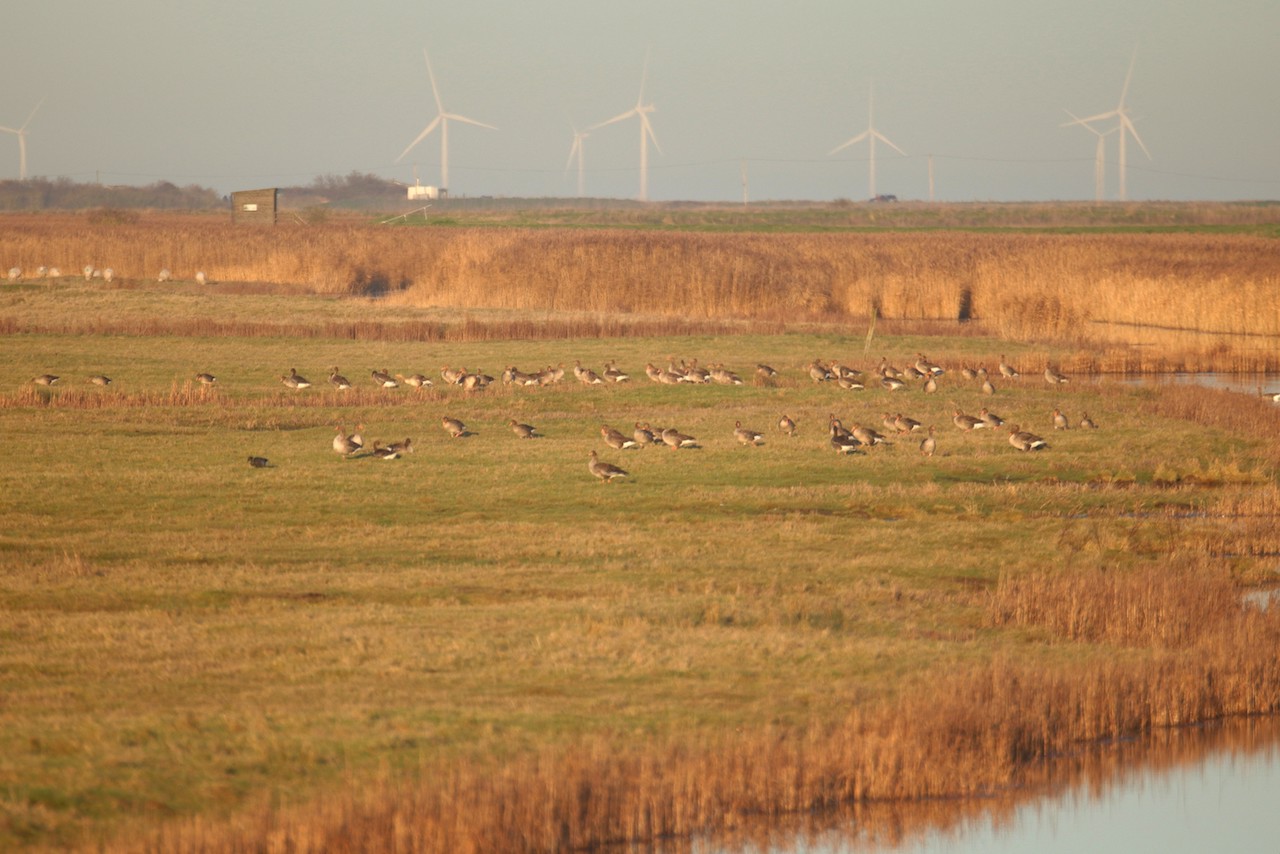
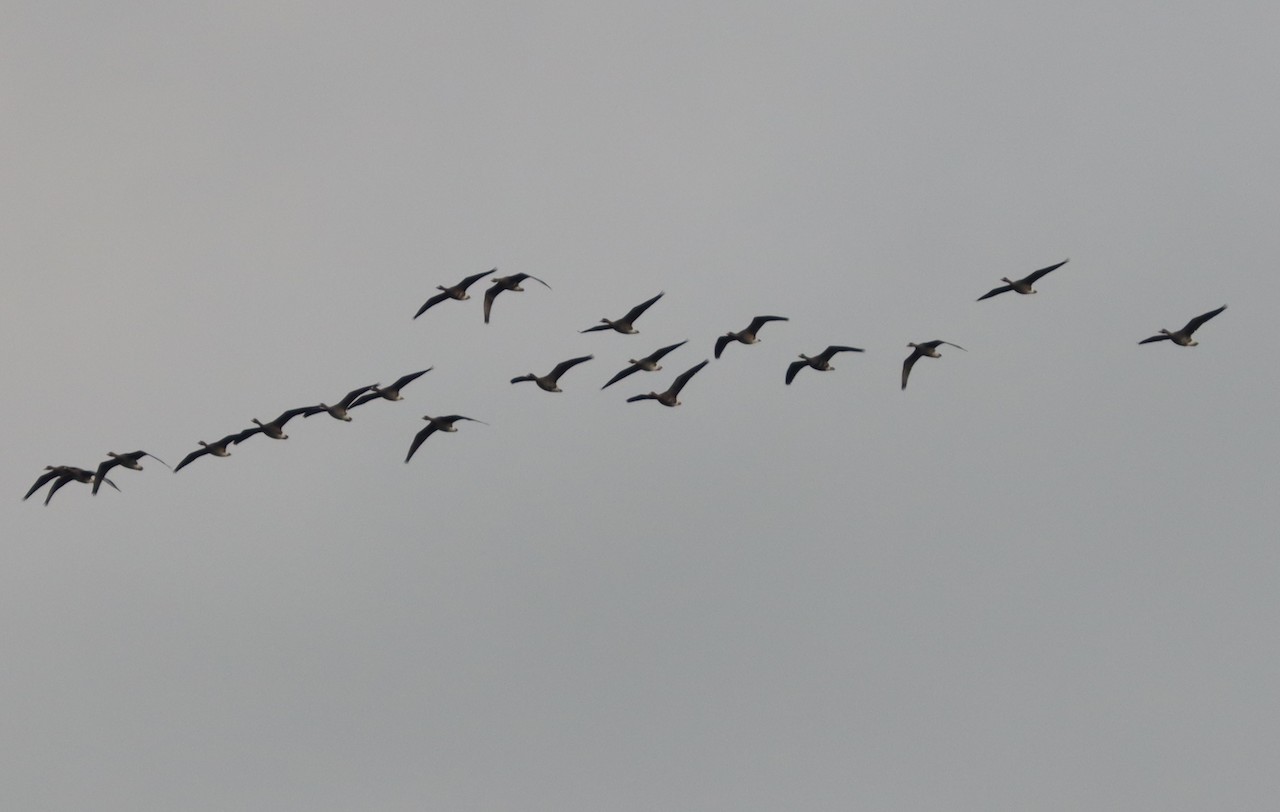
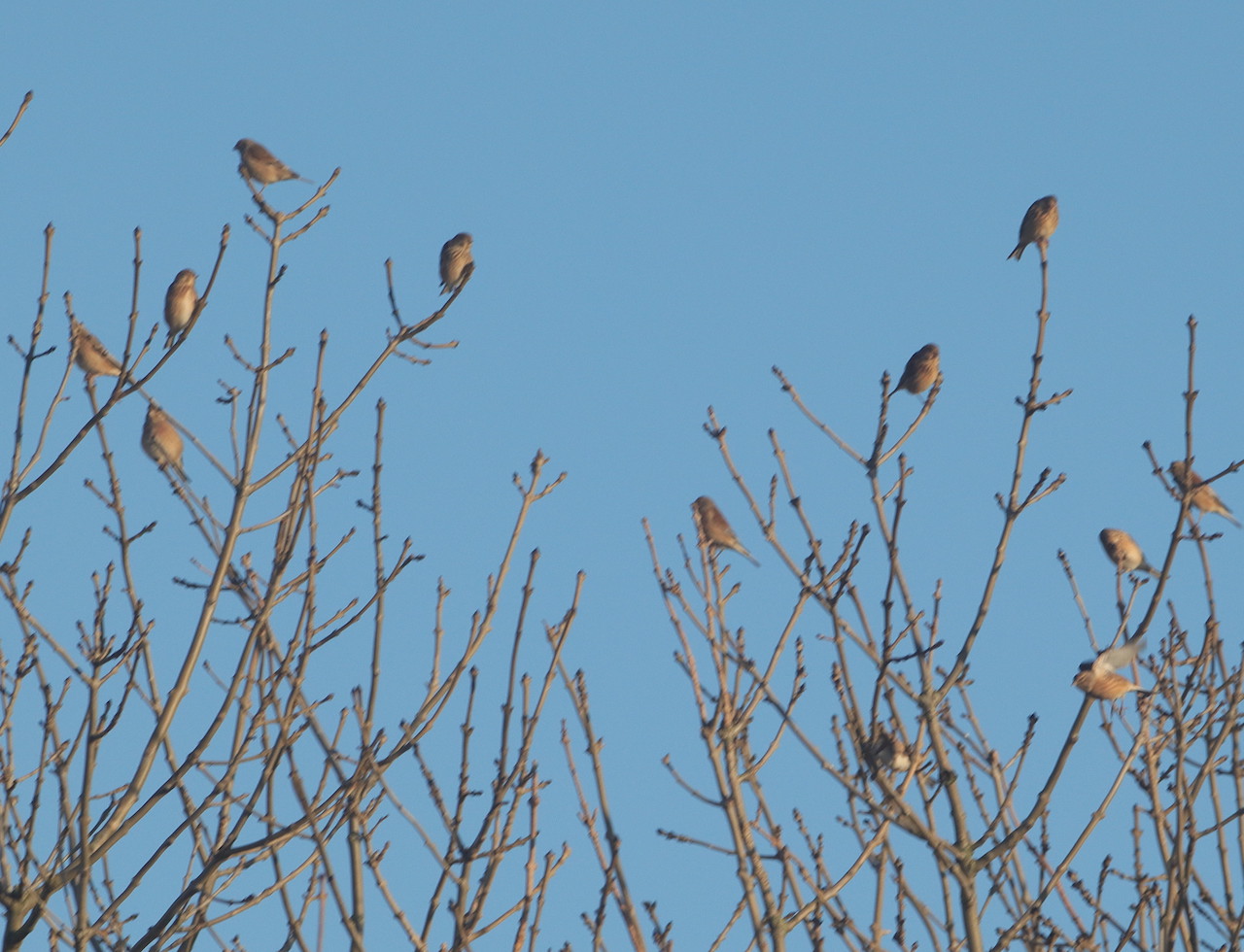







Recent Comments